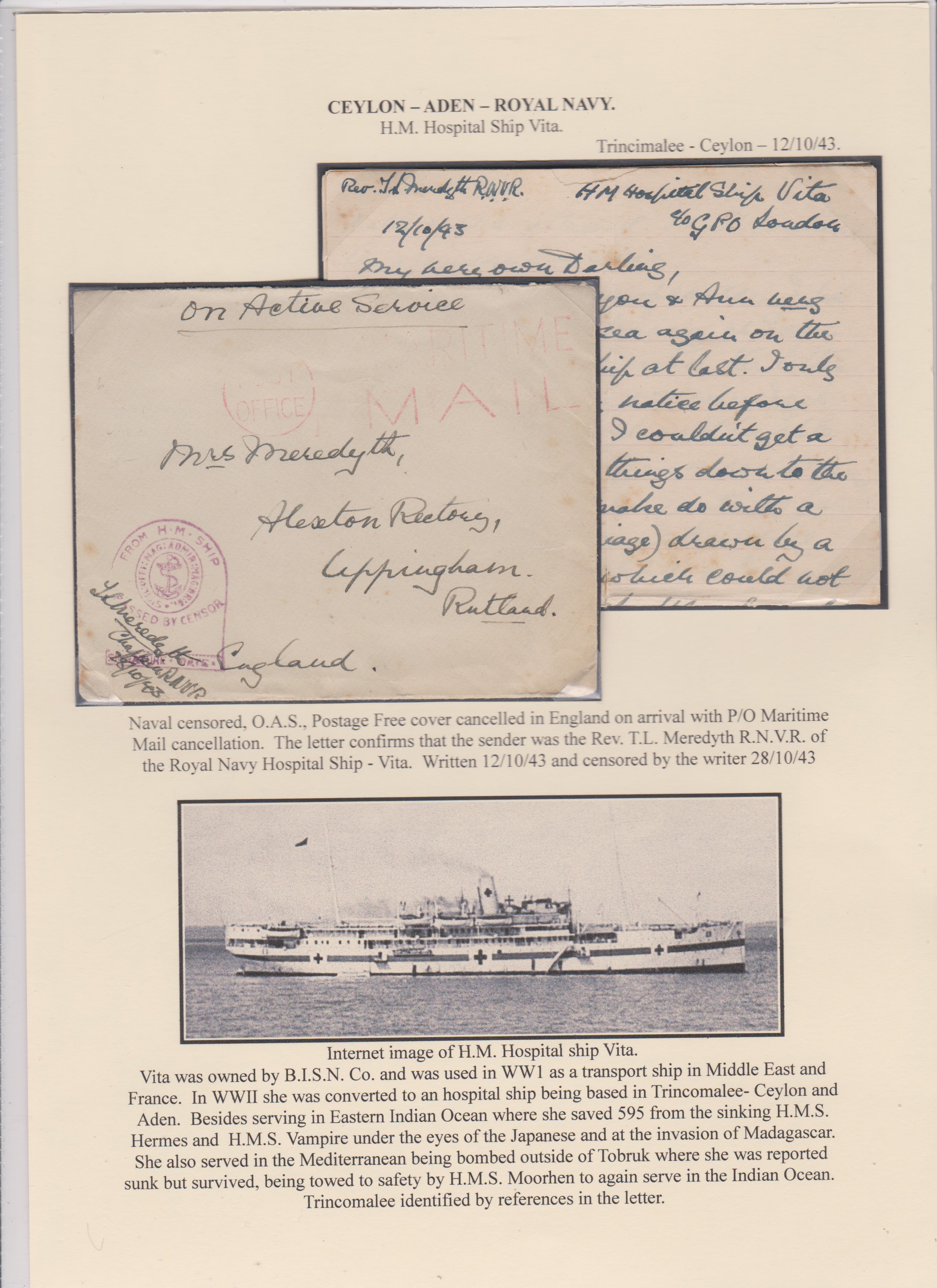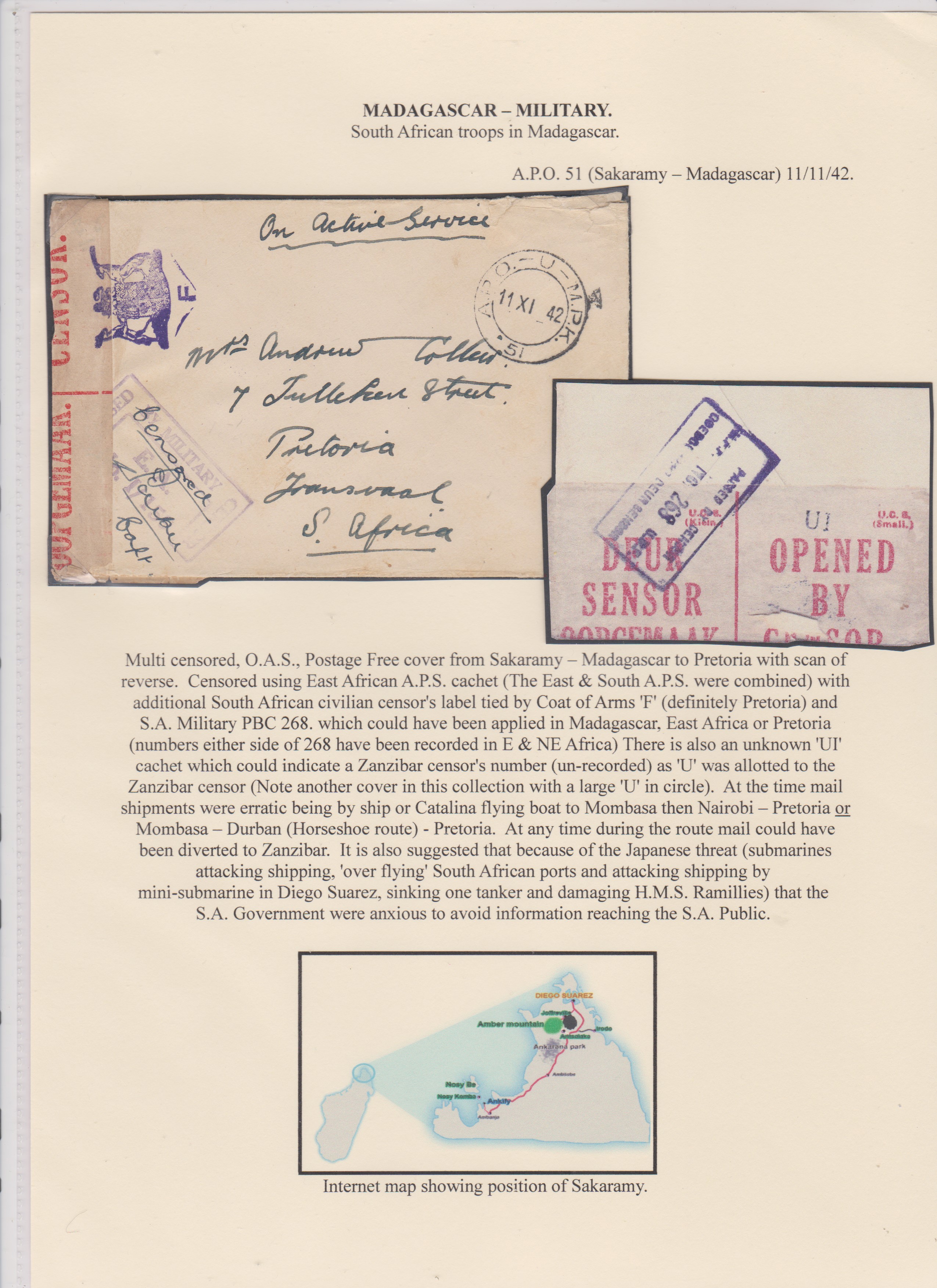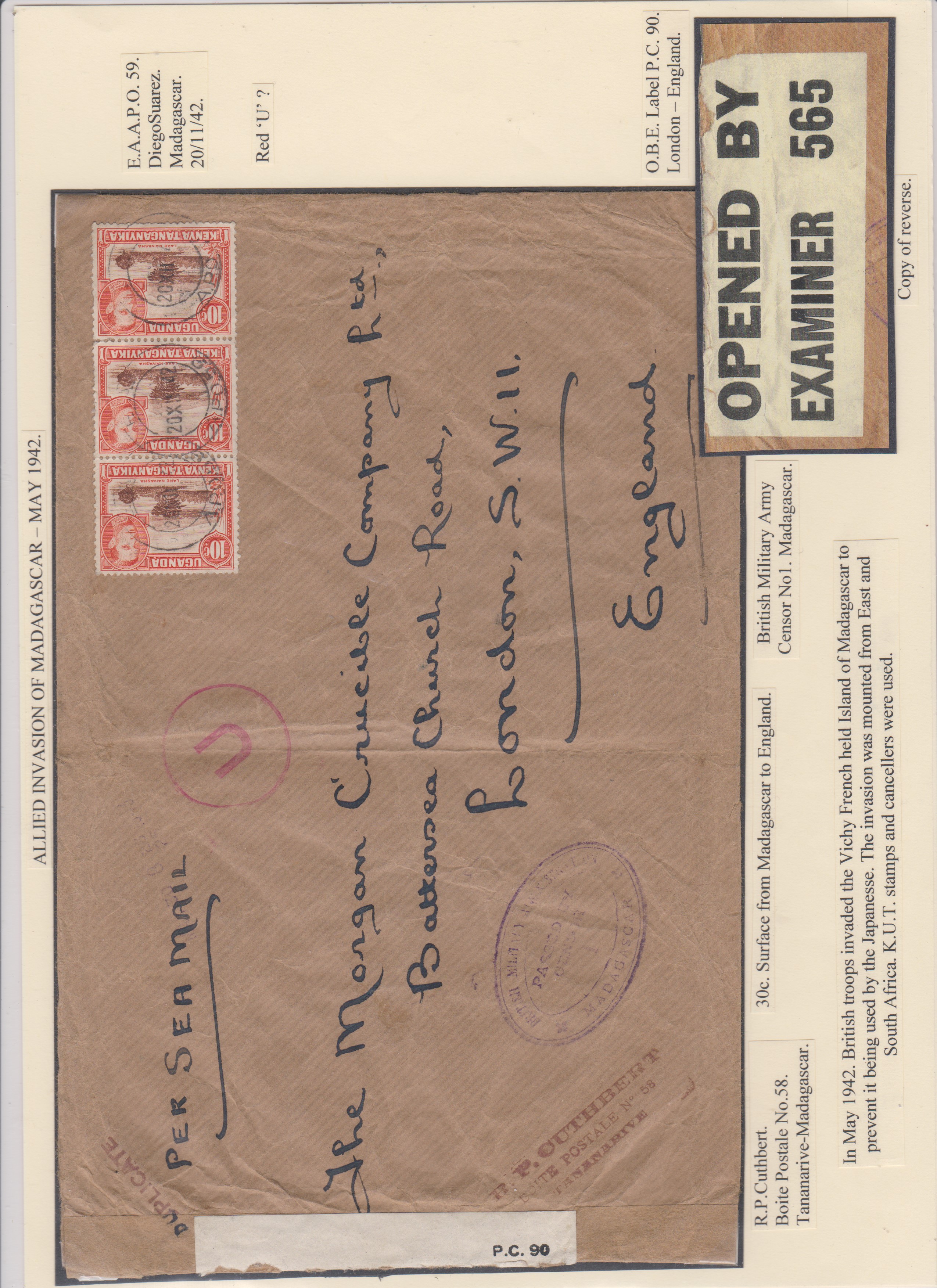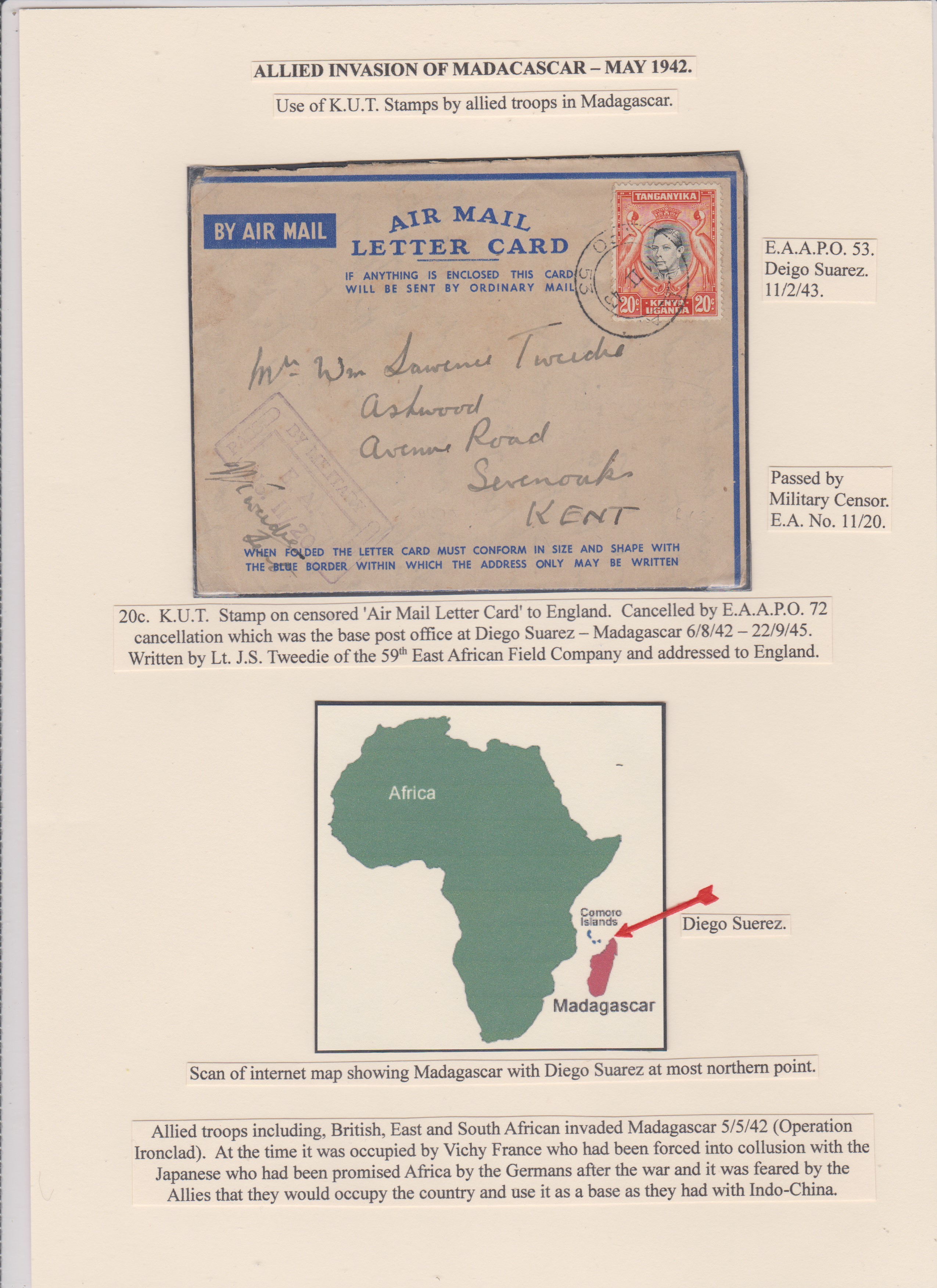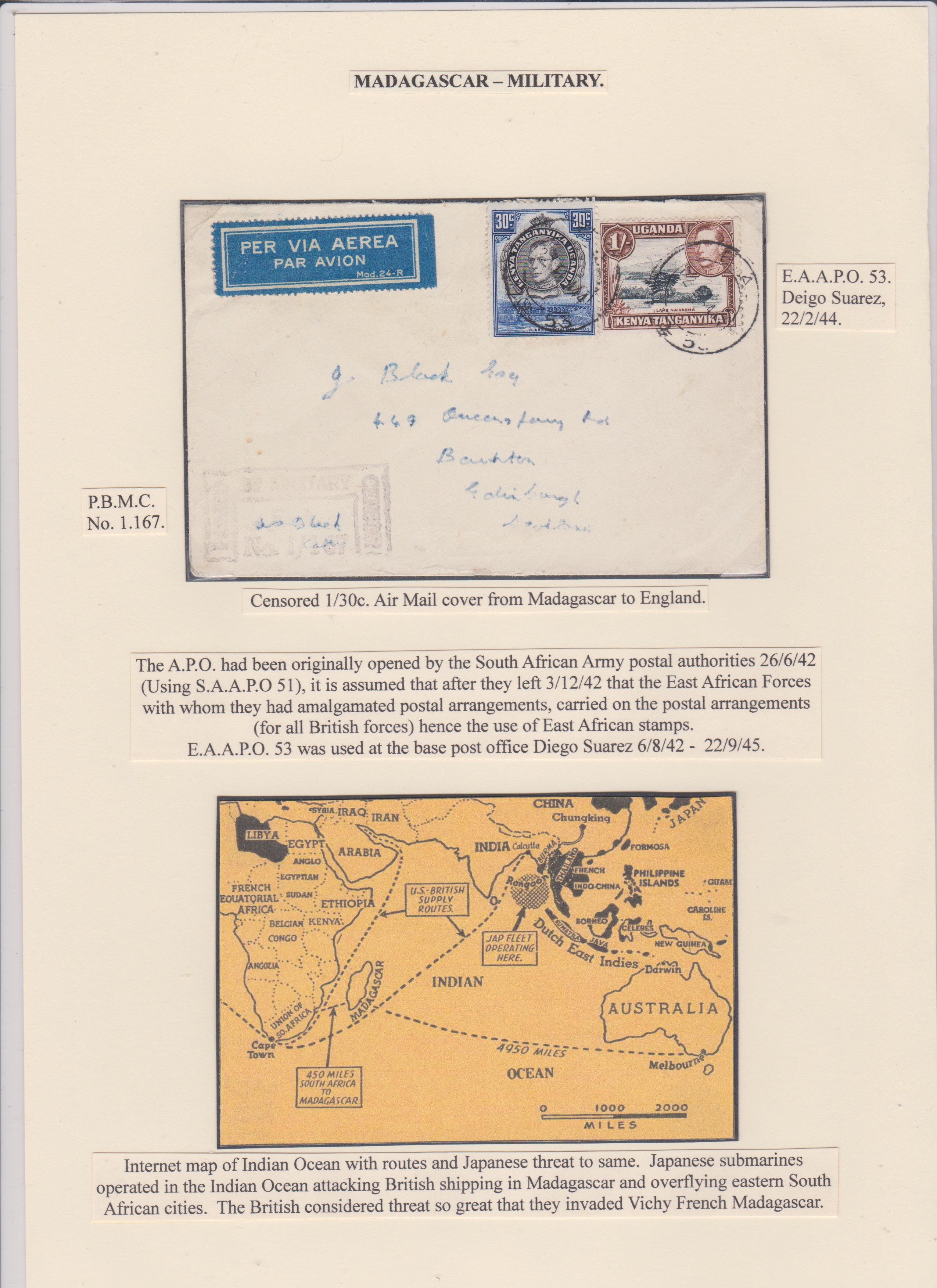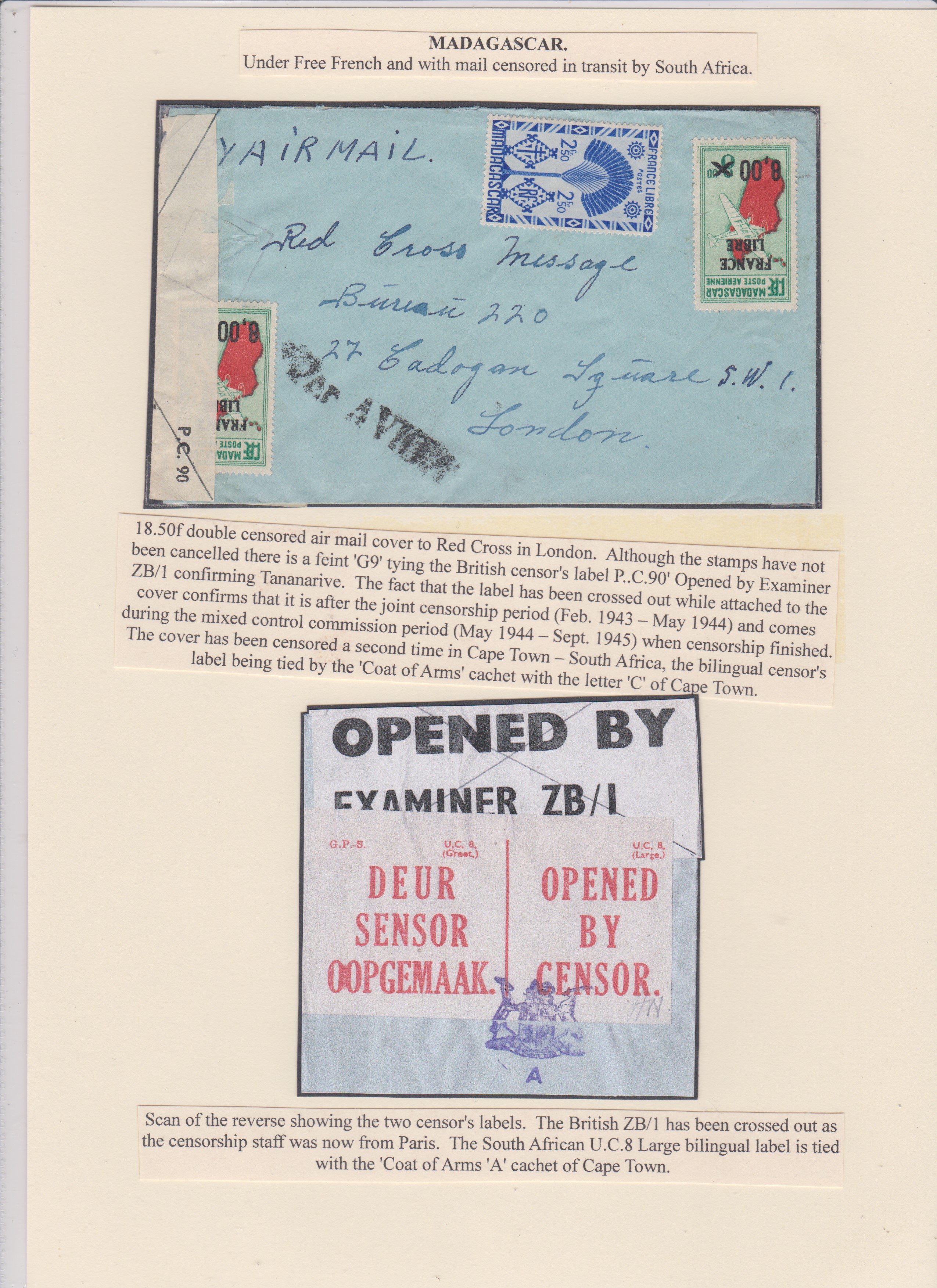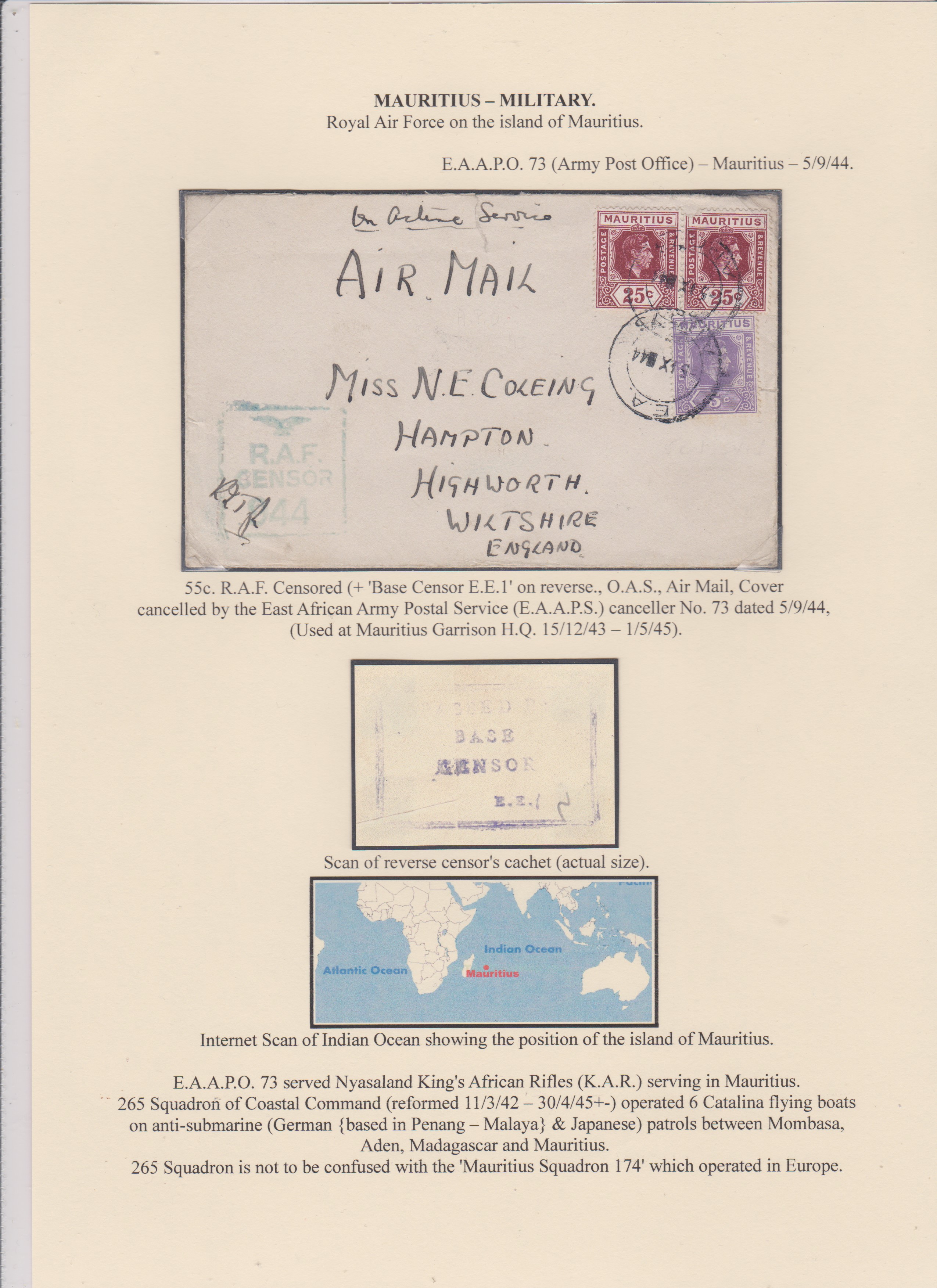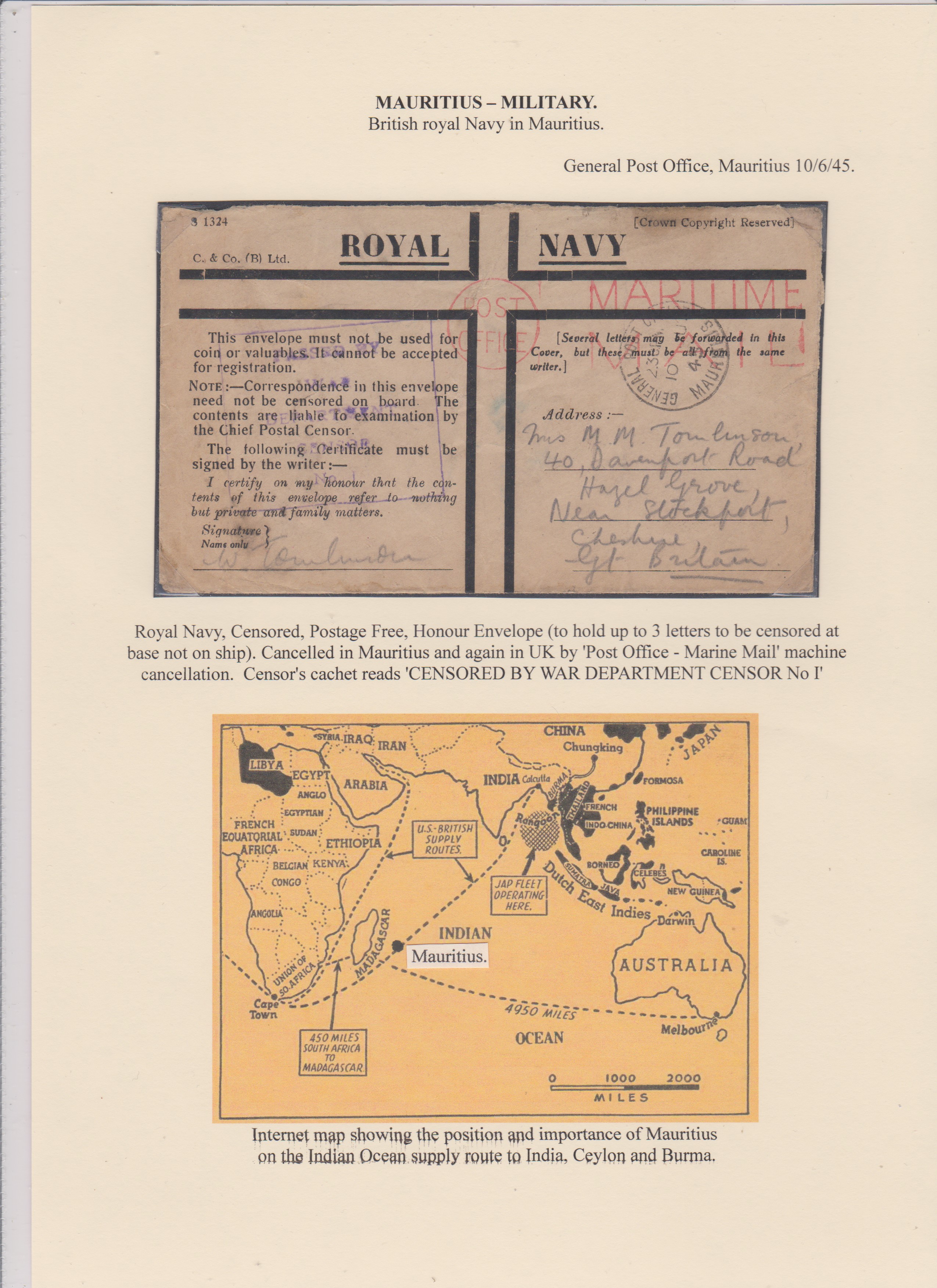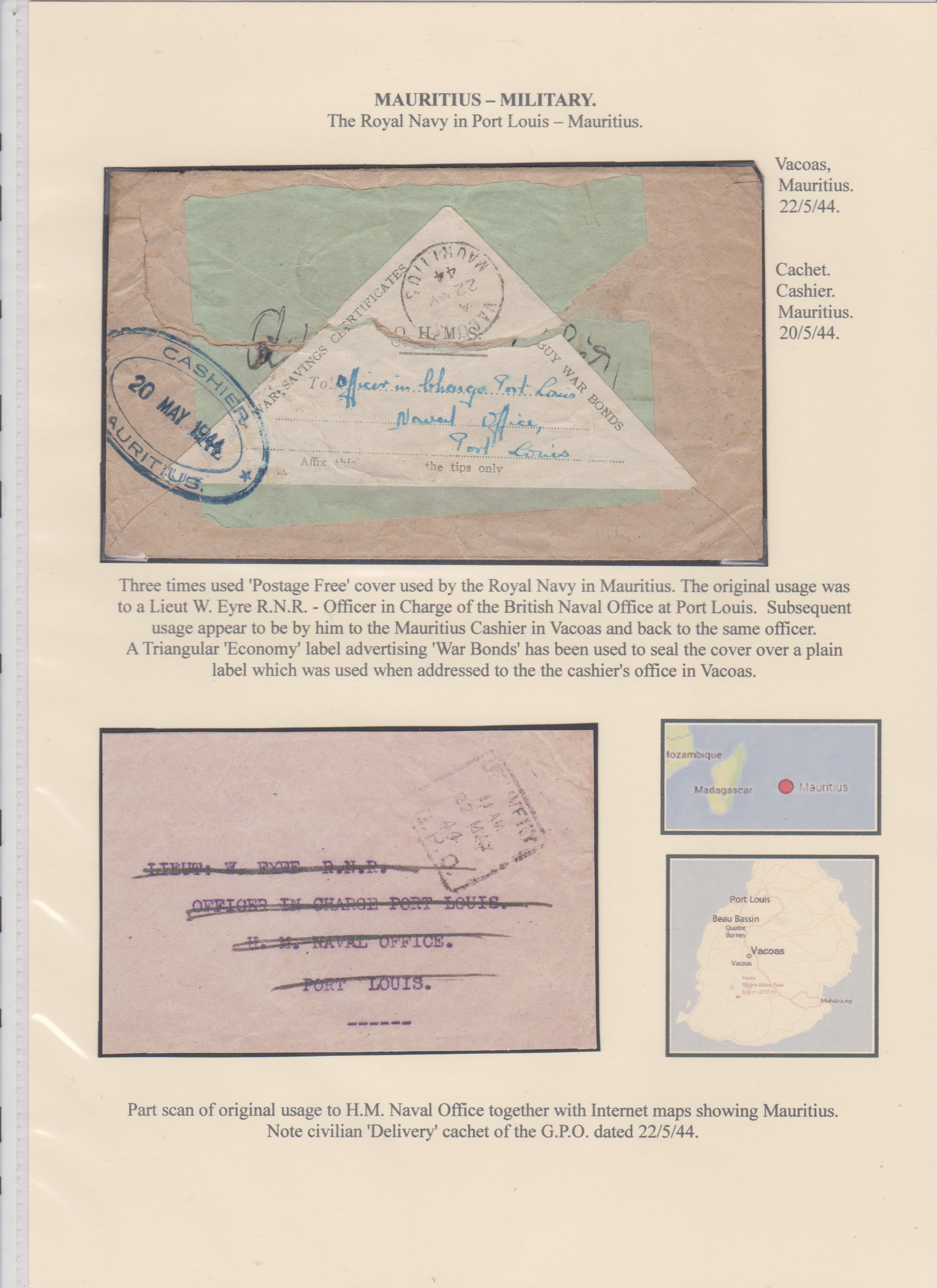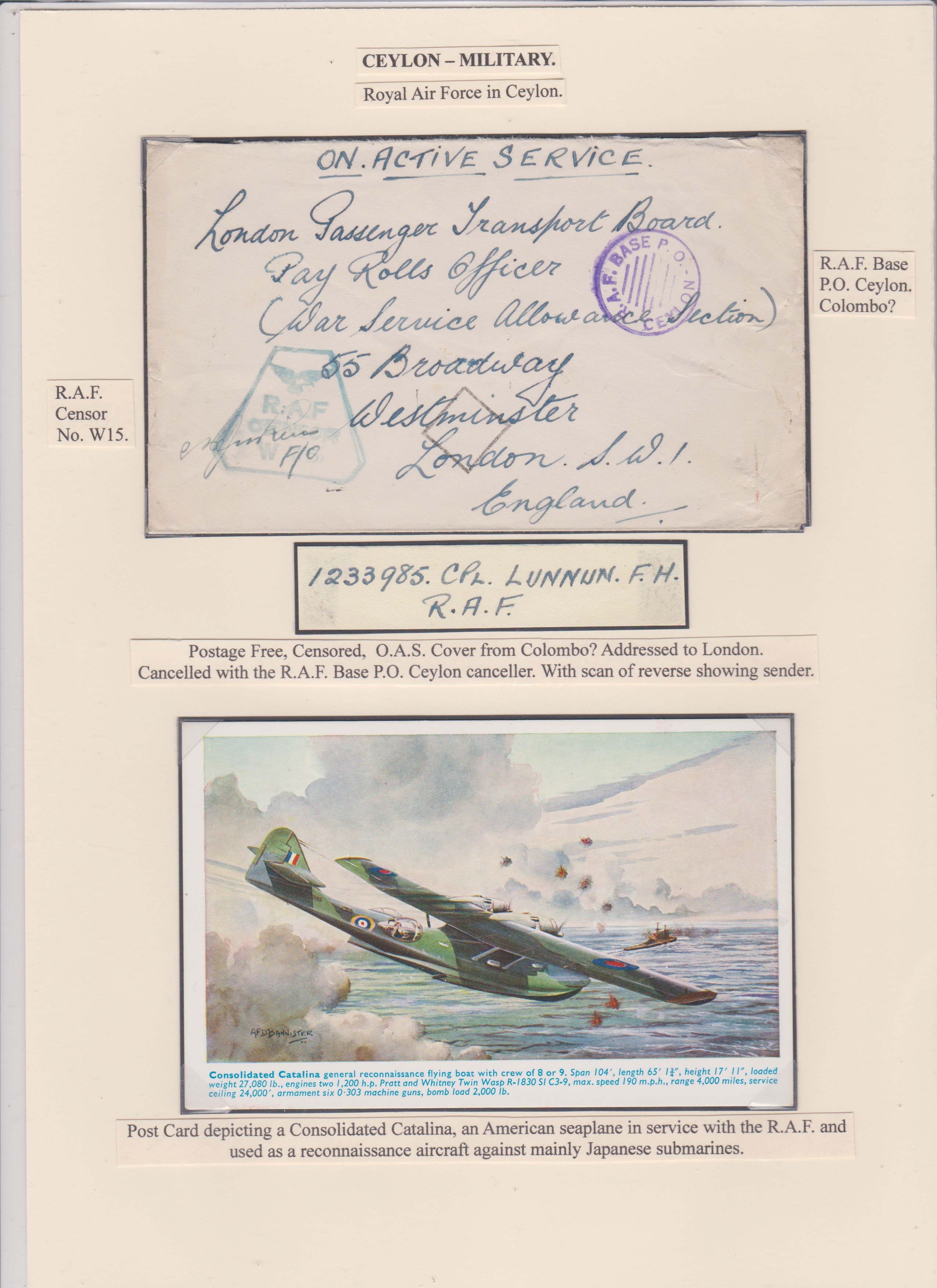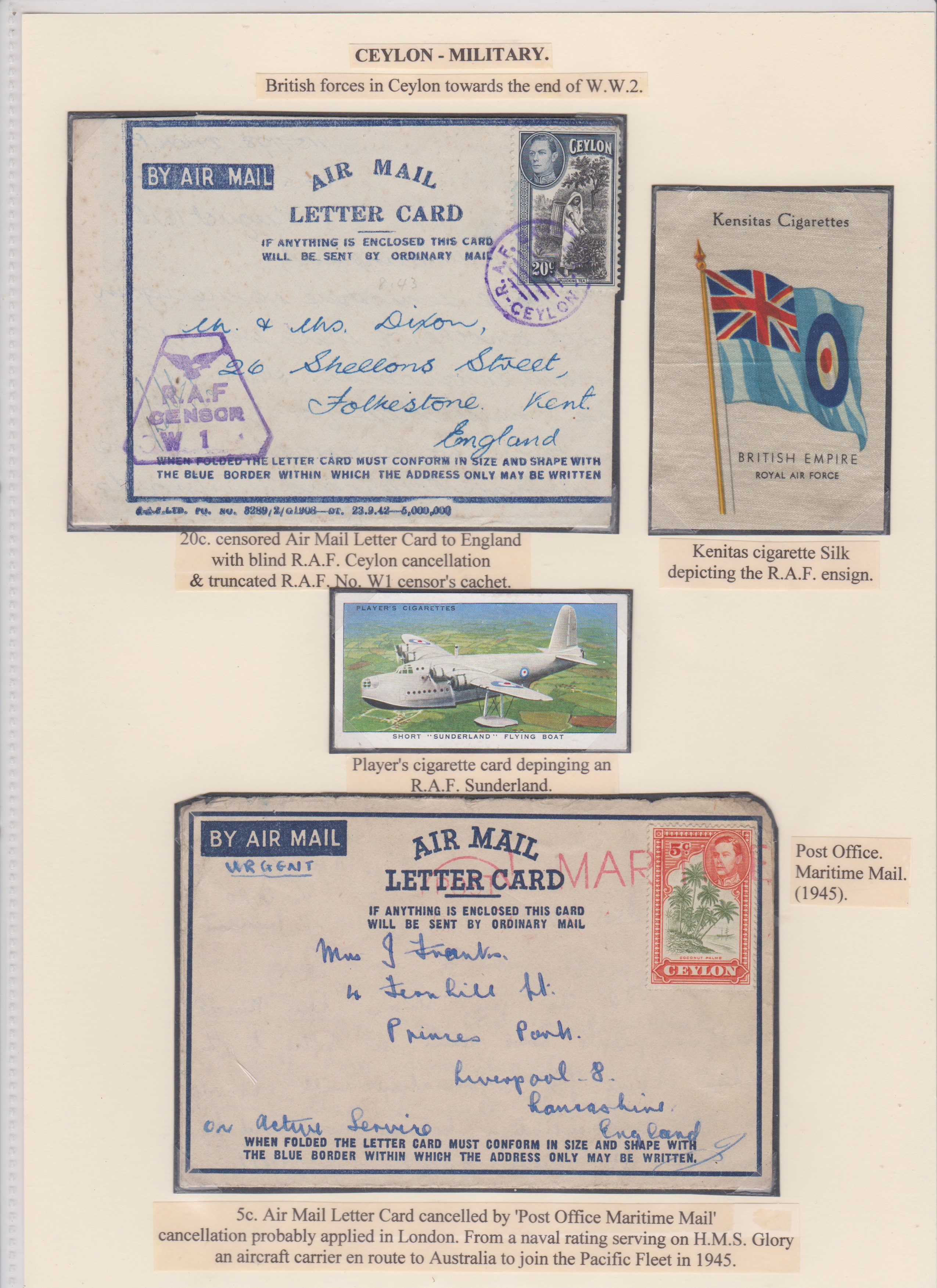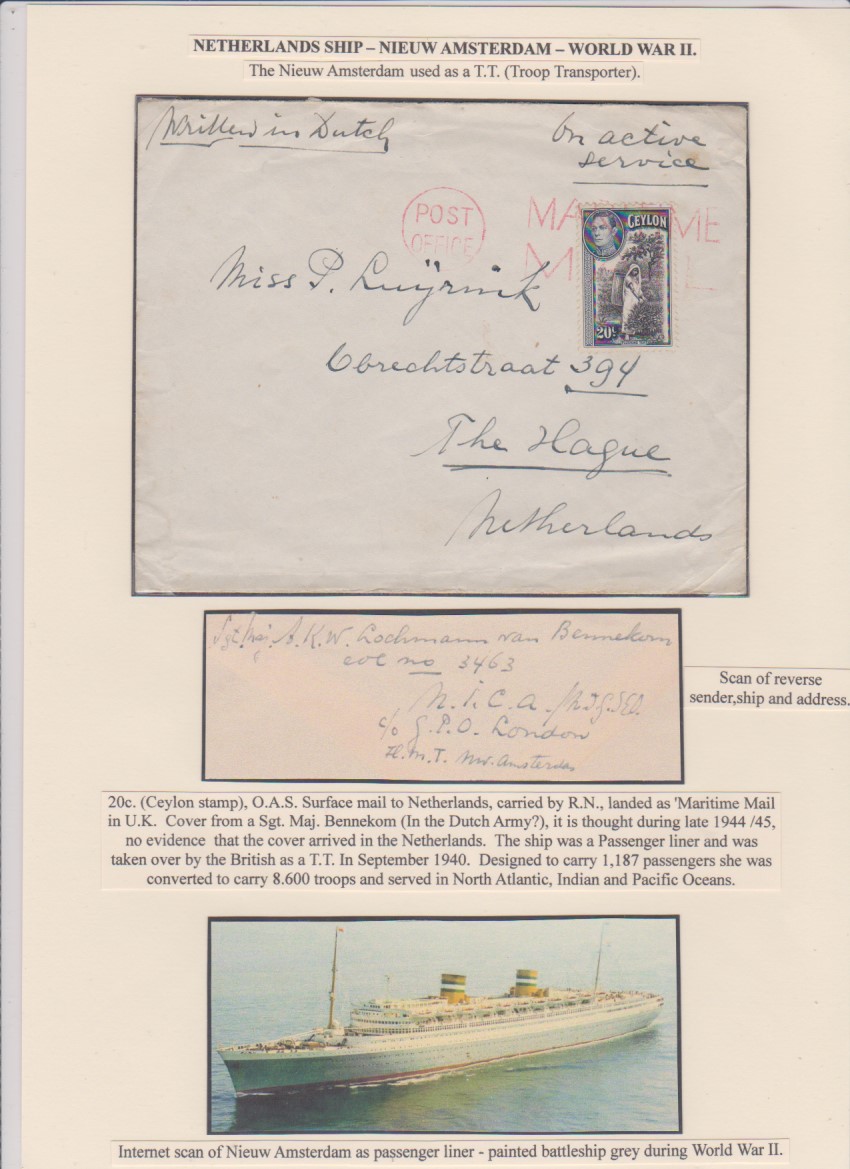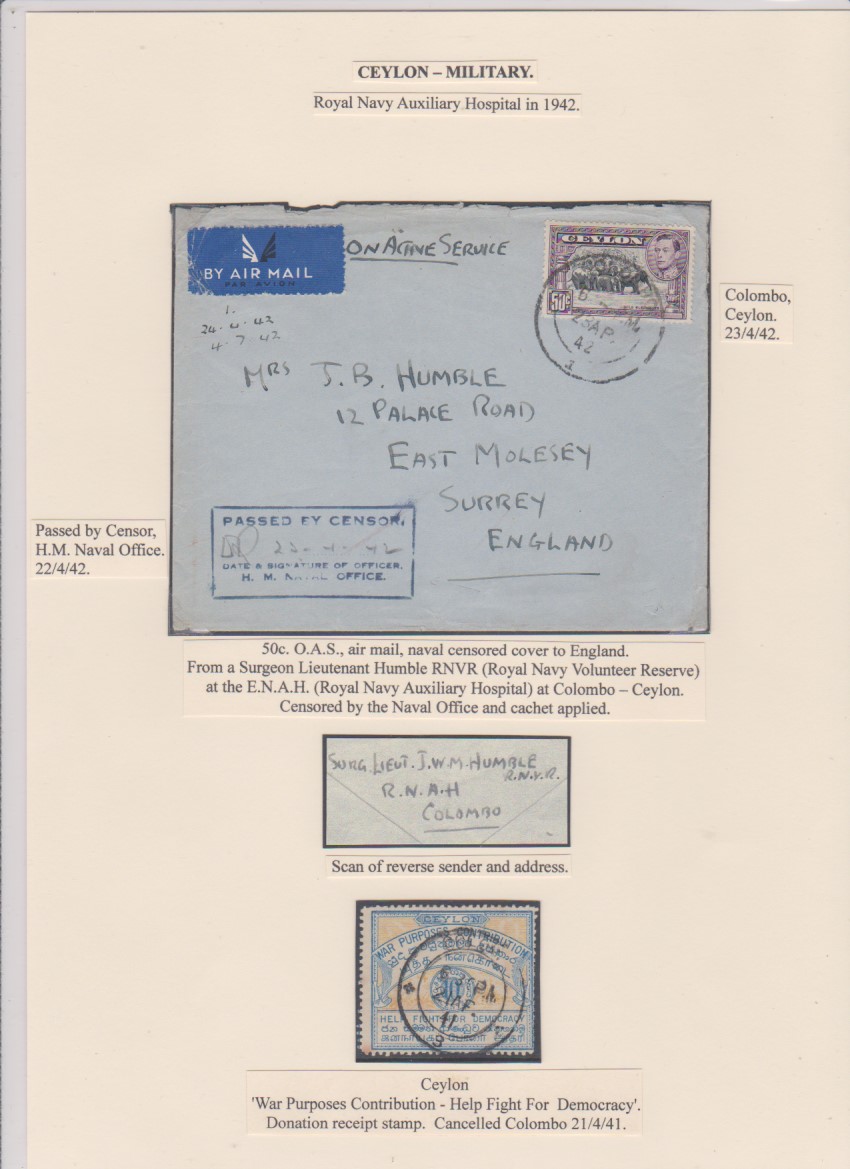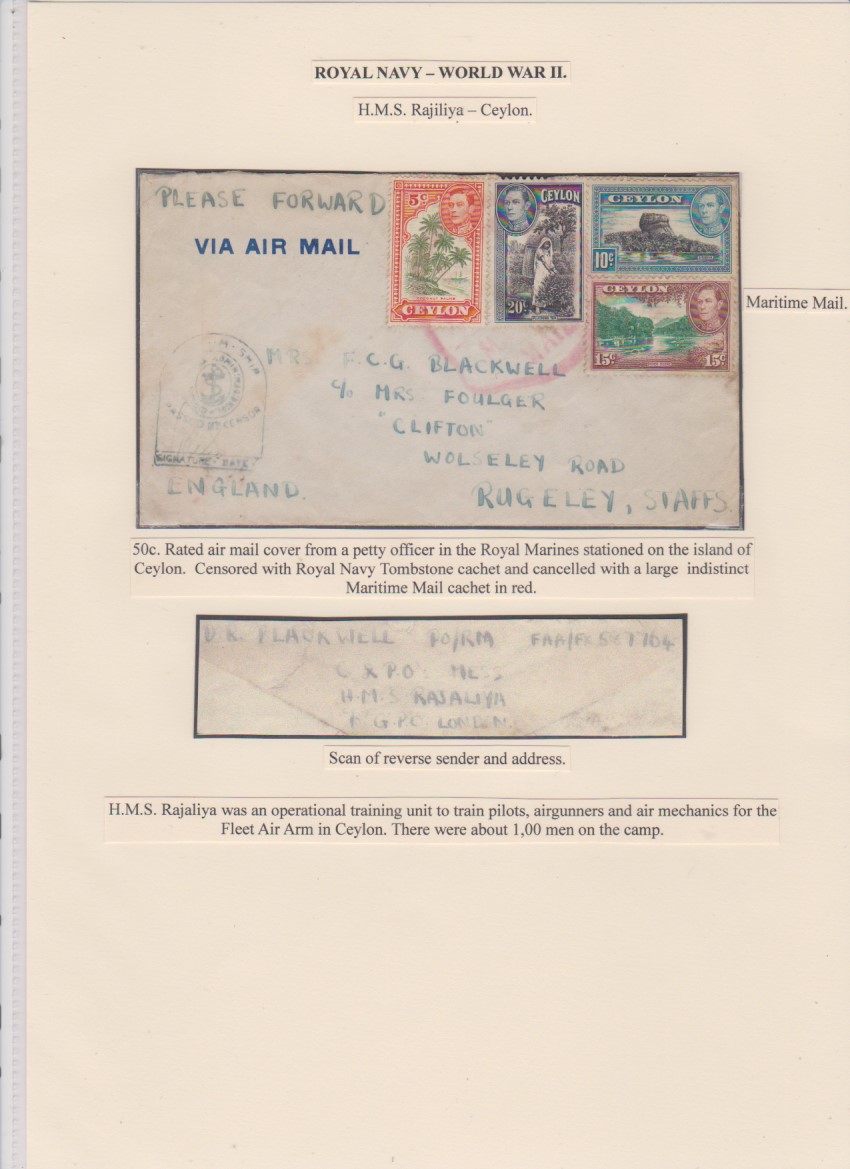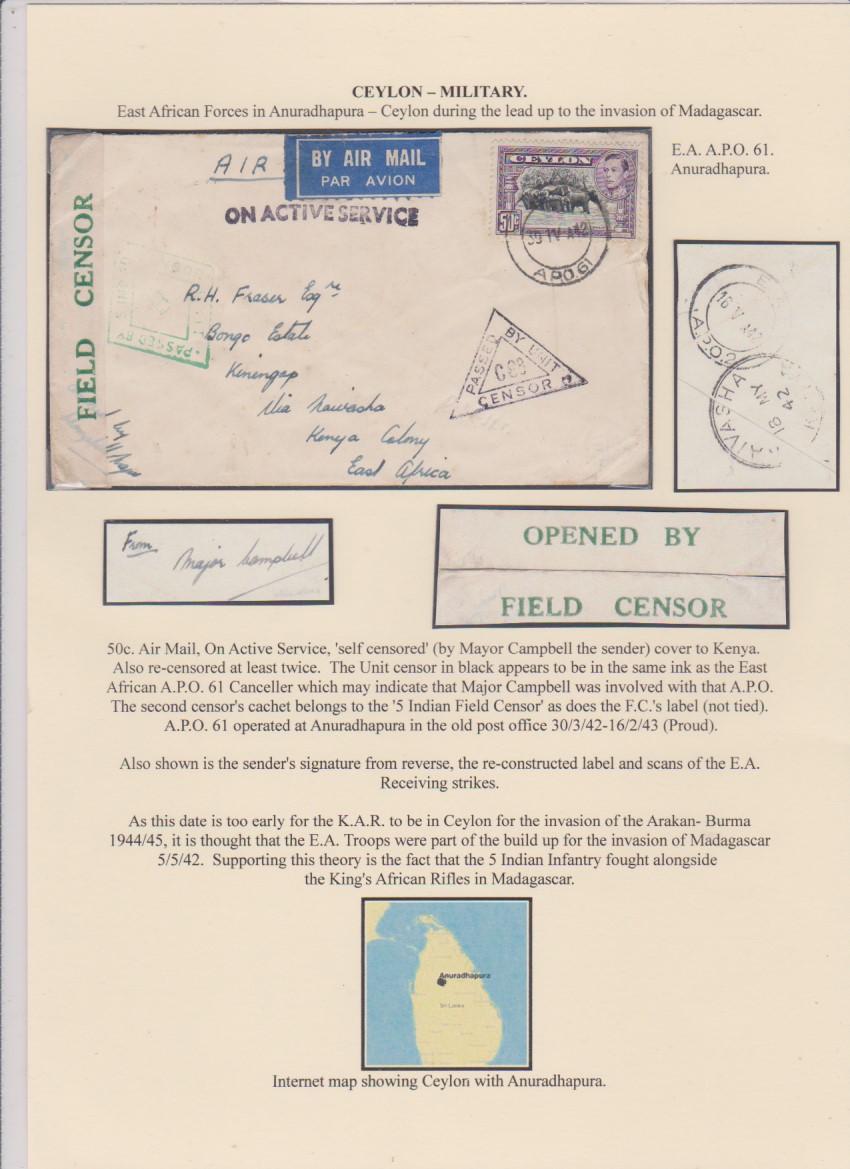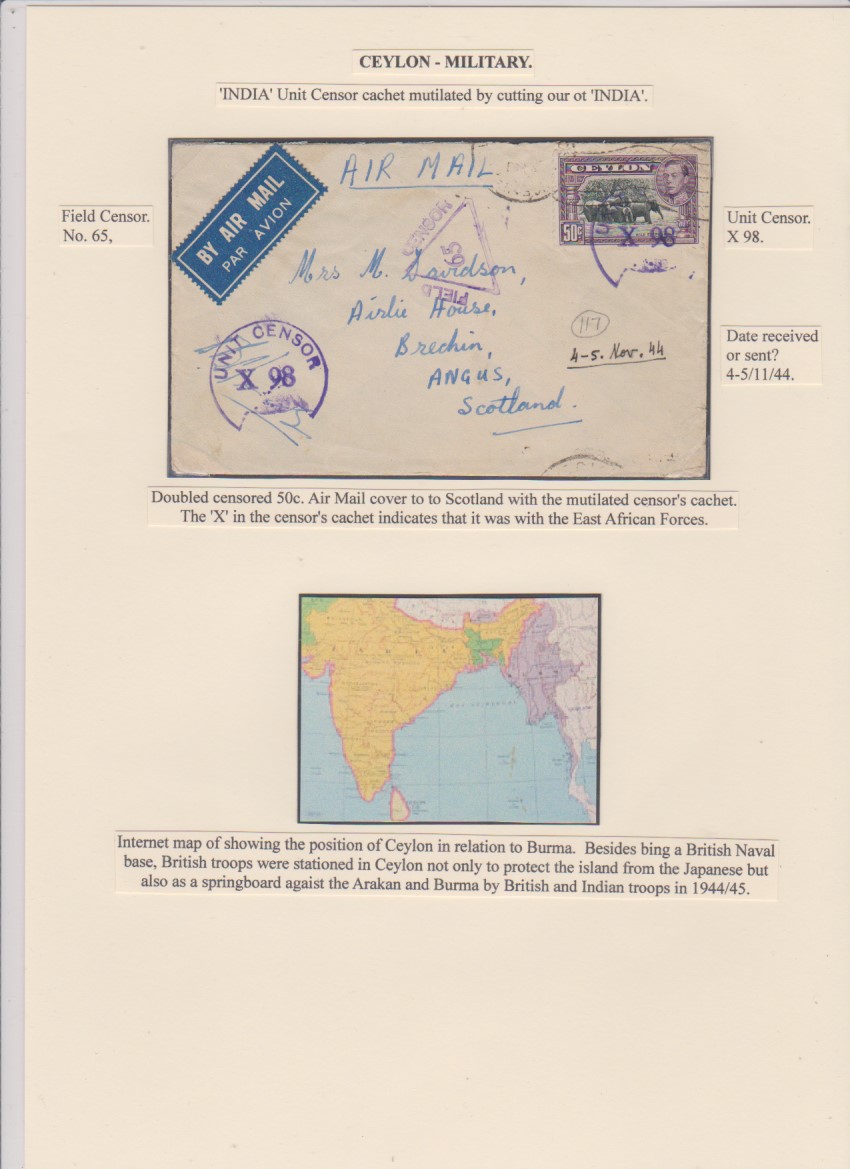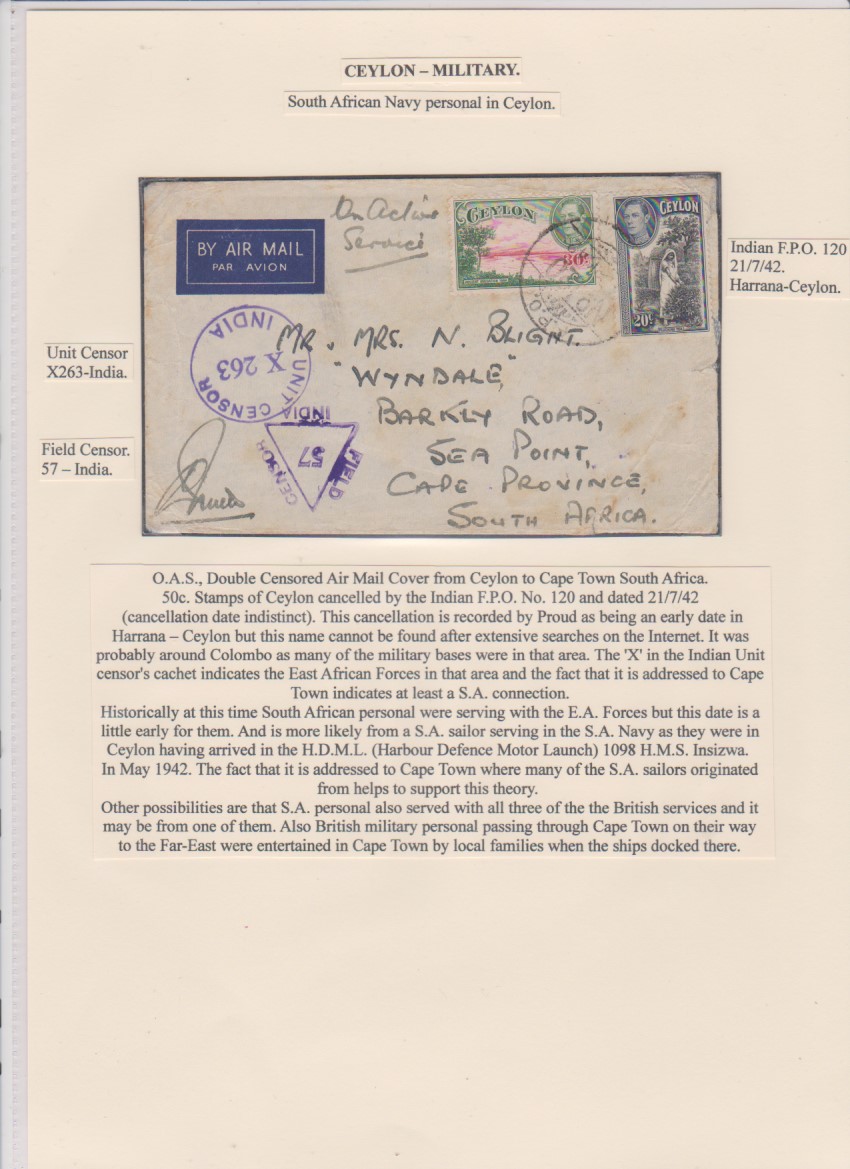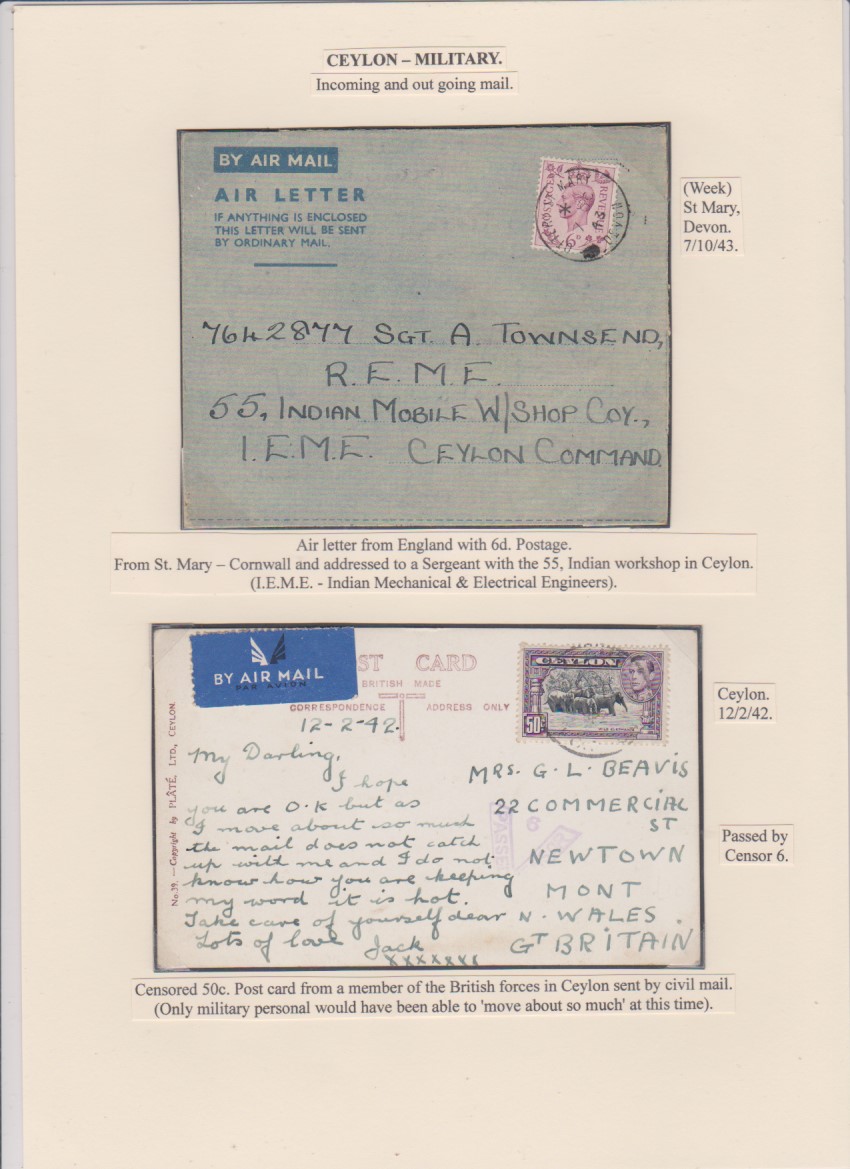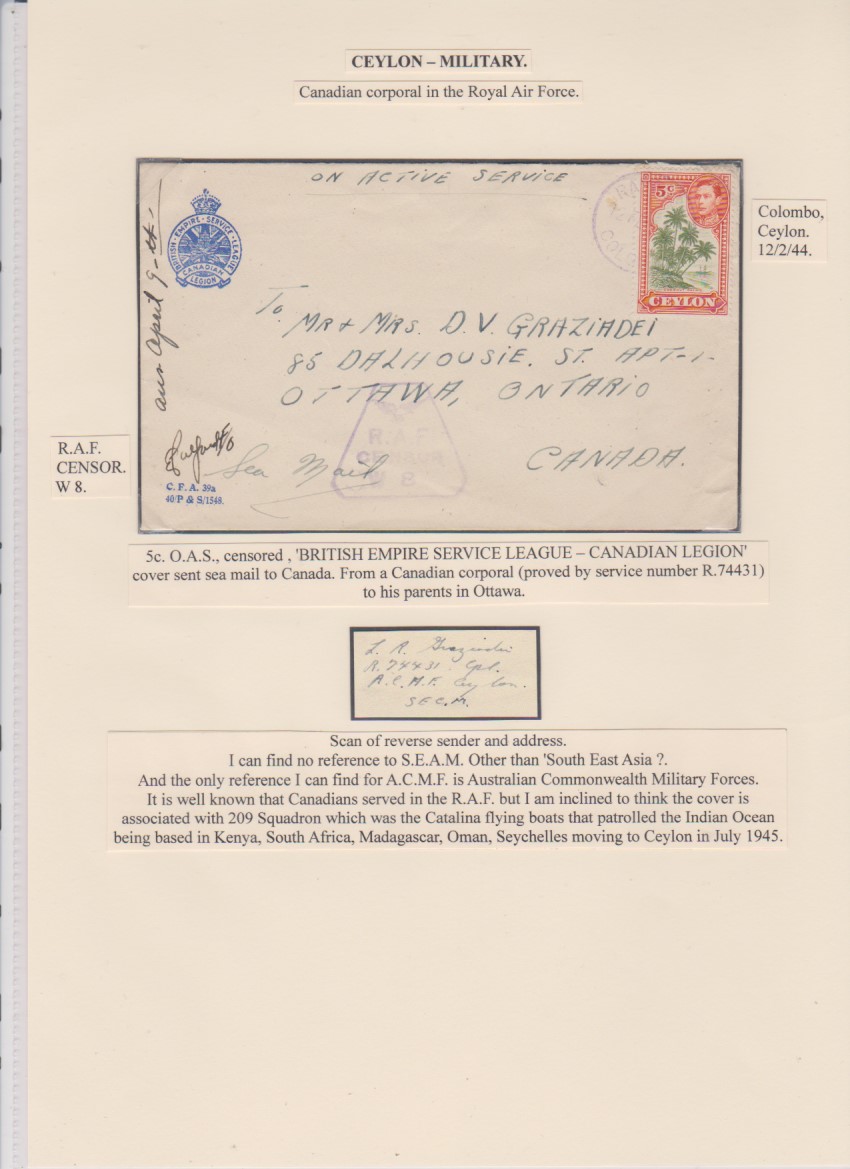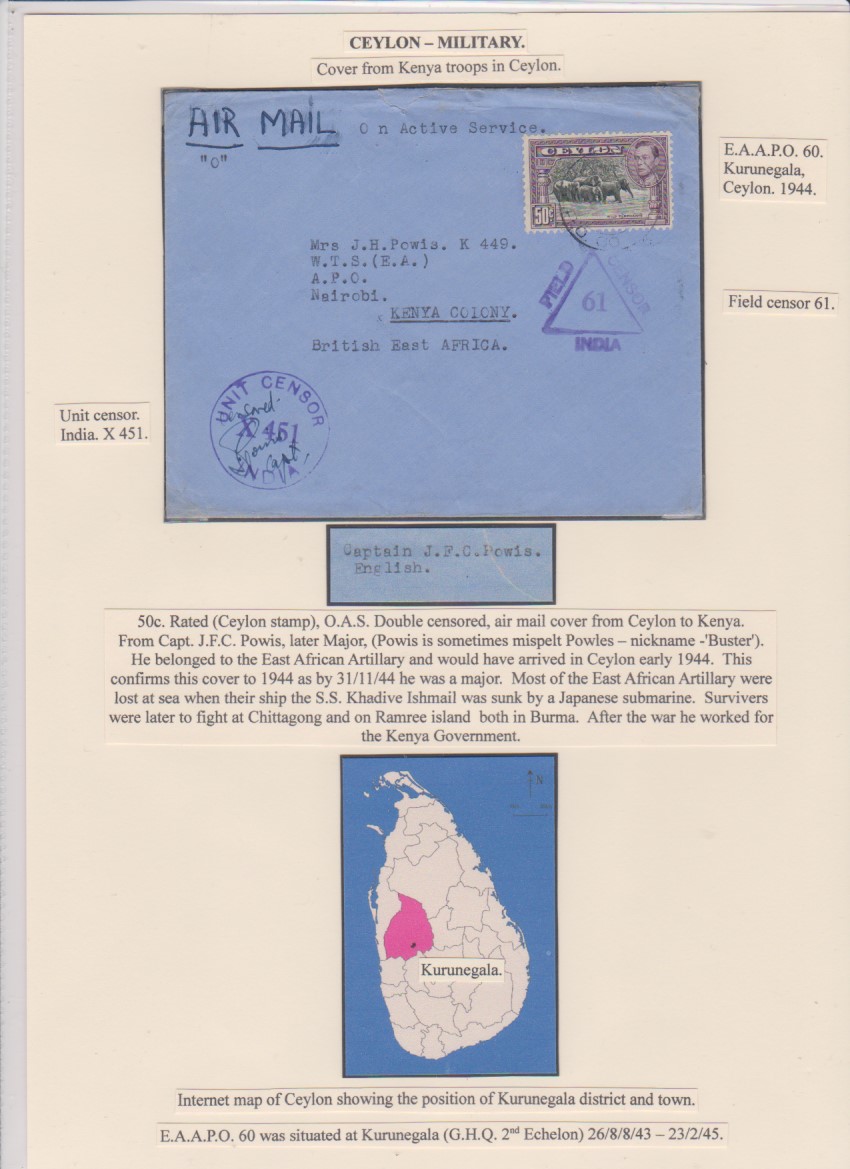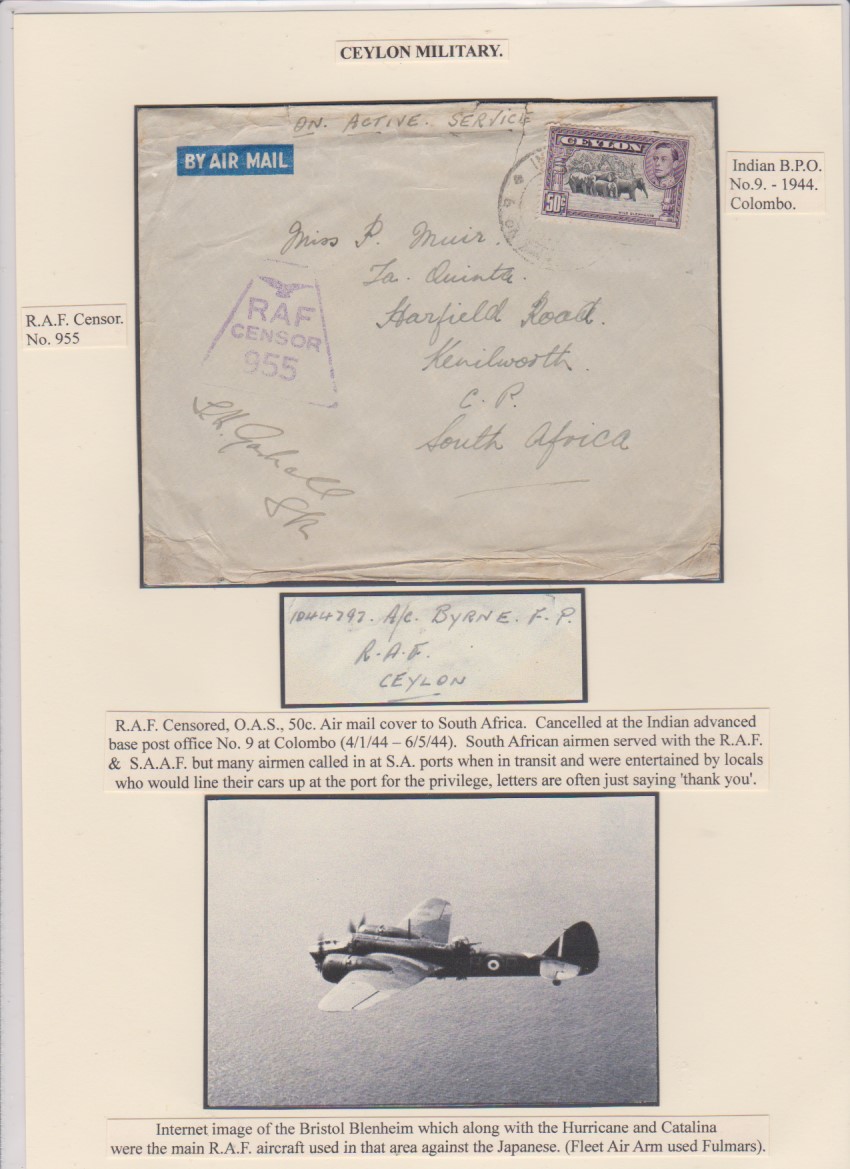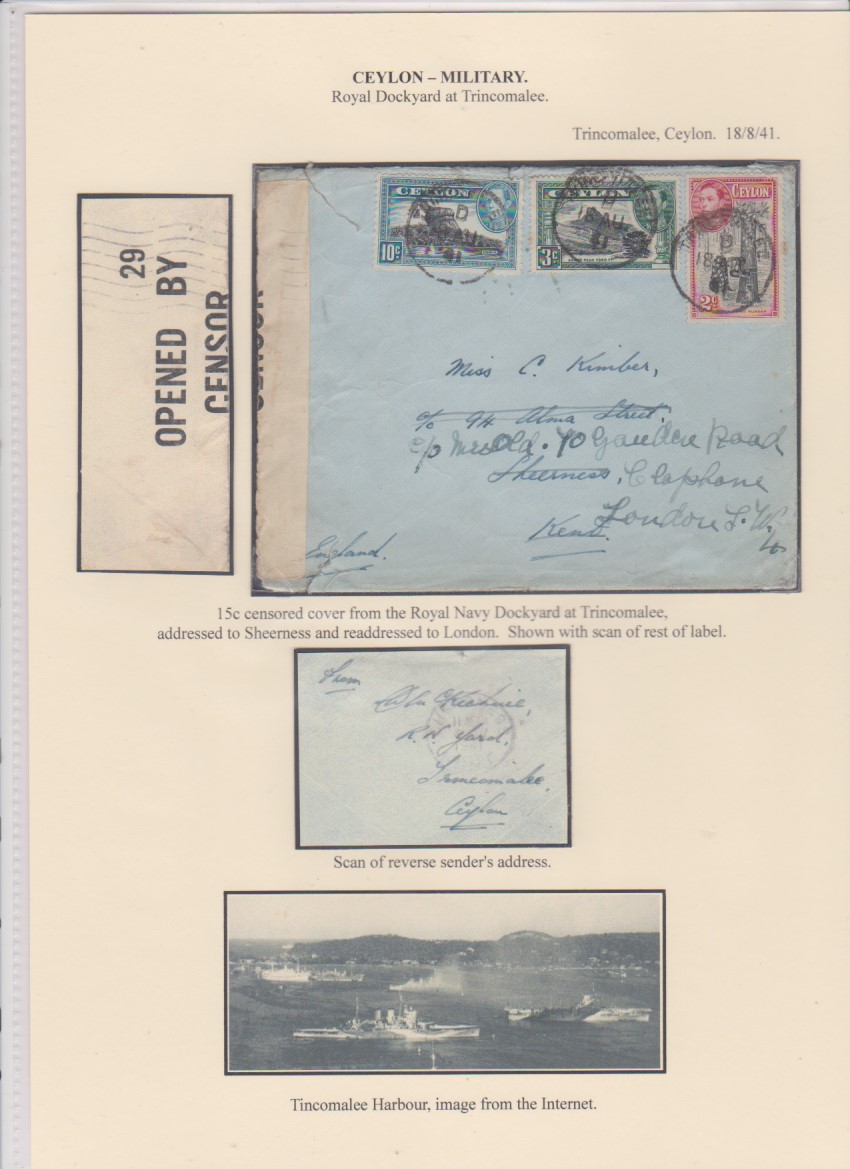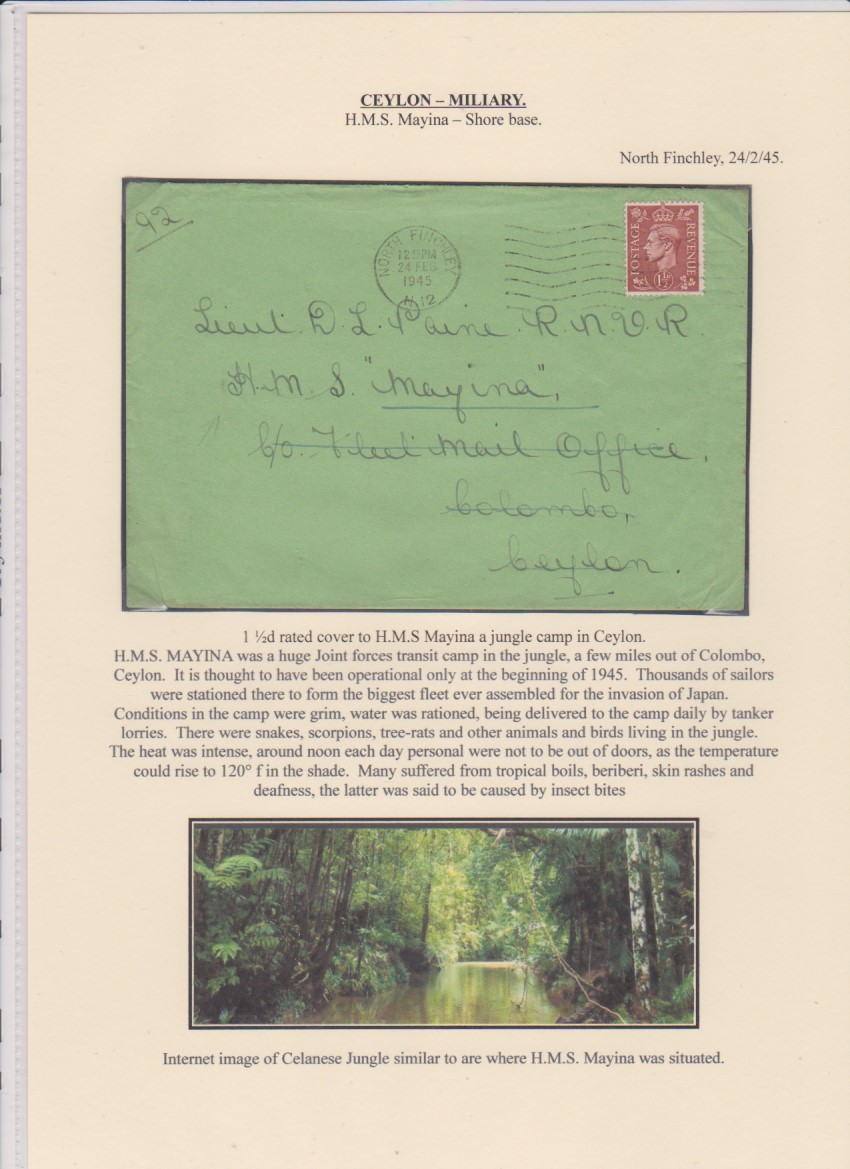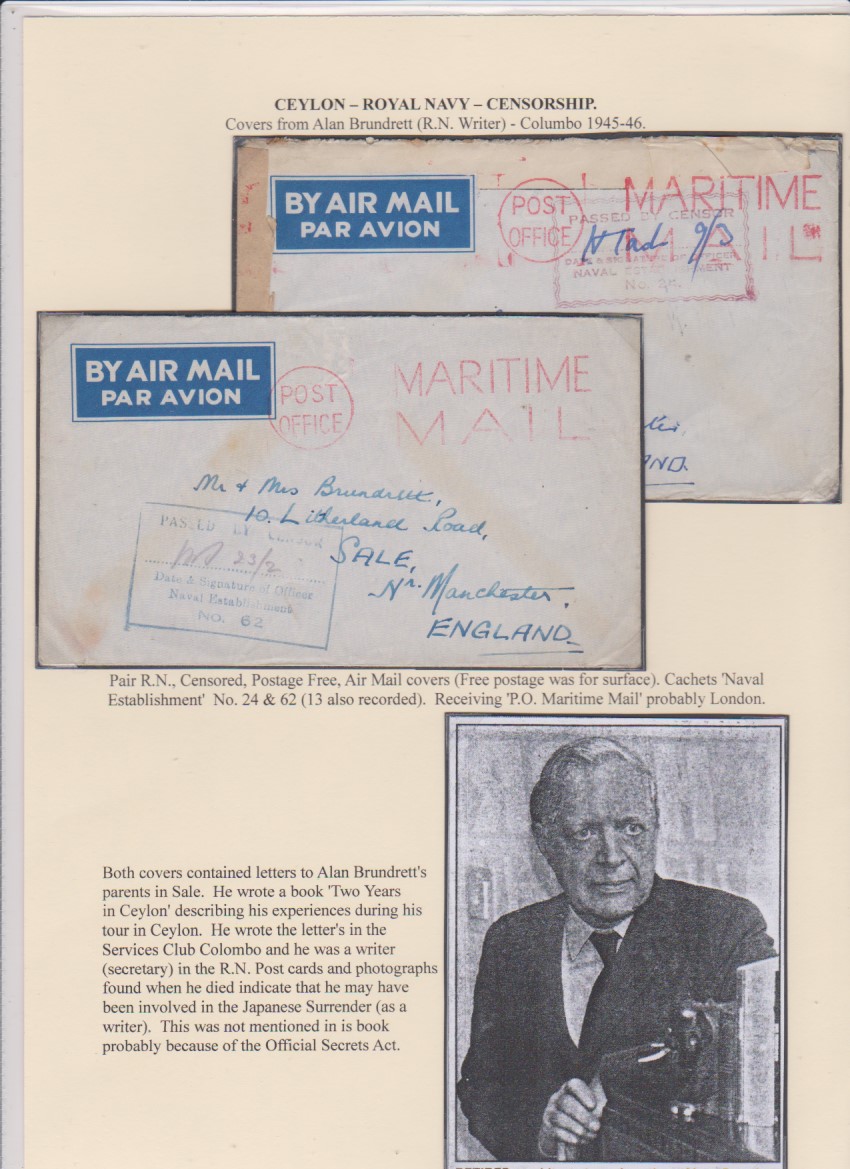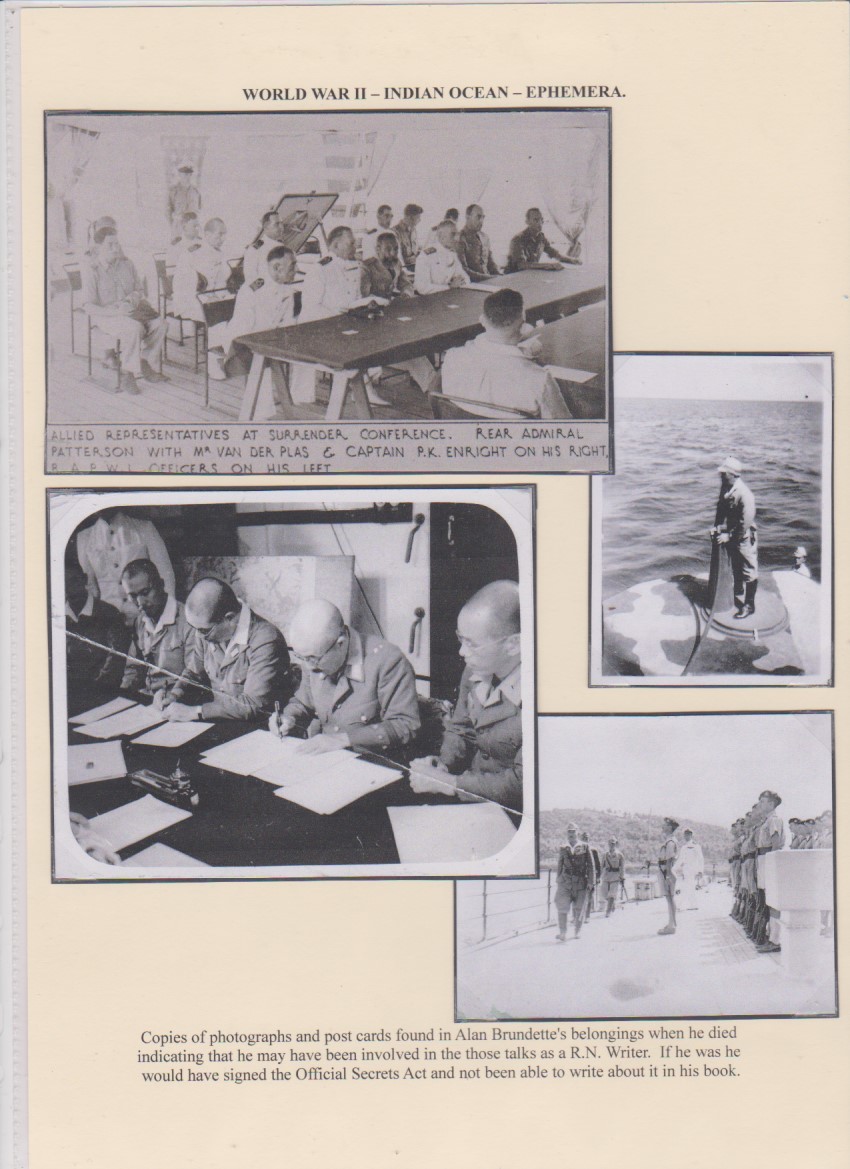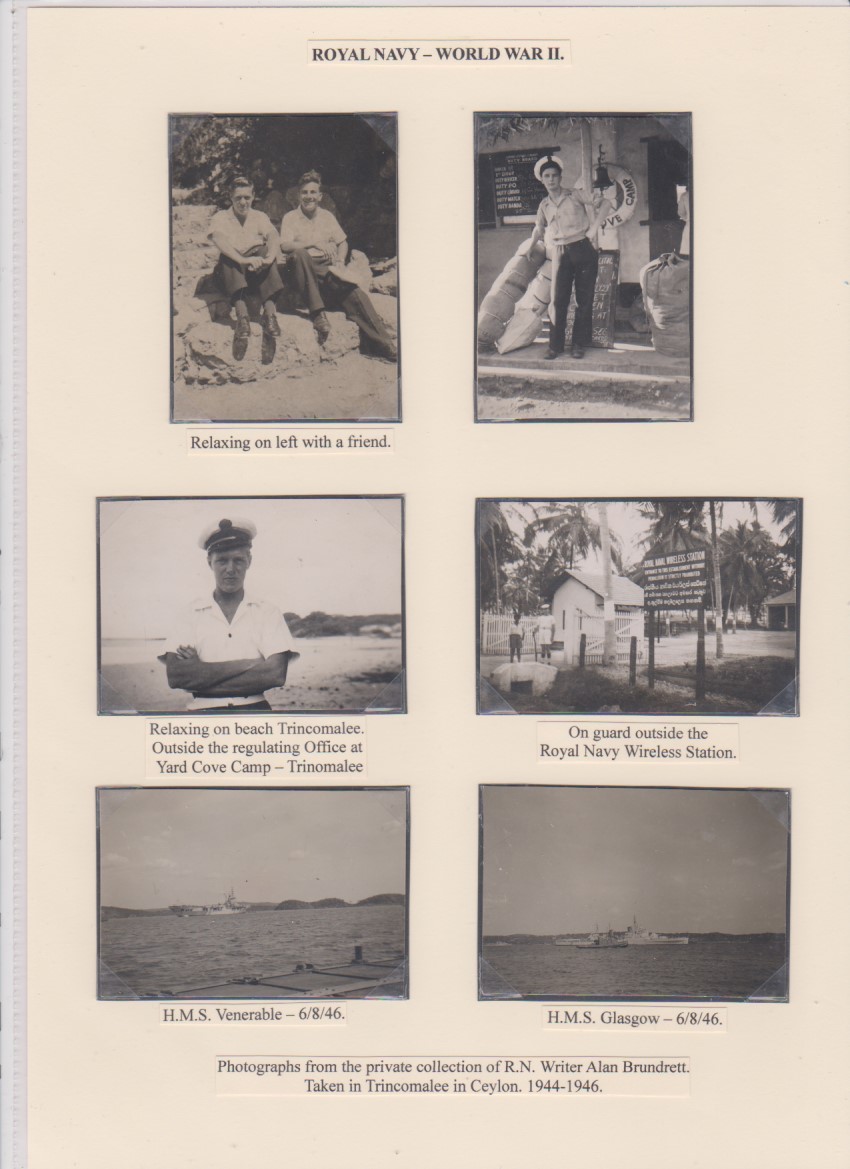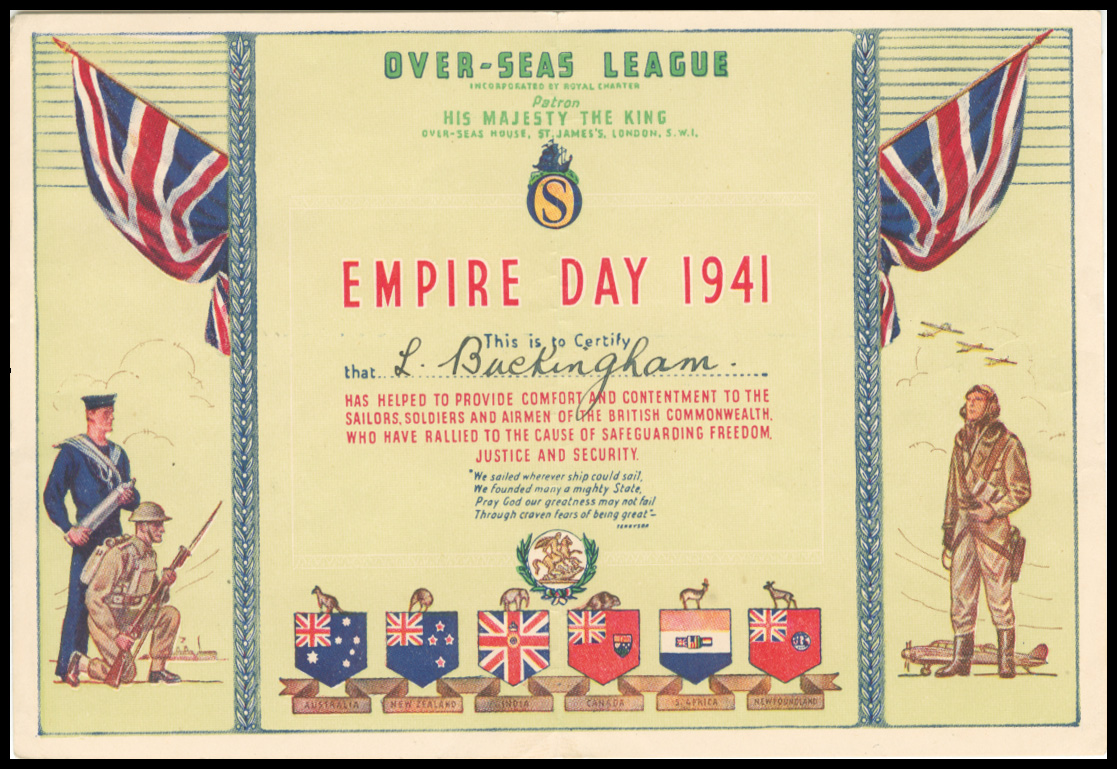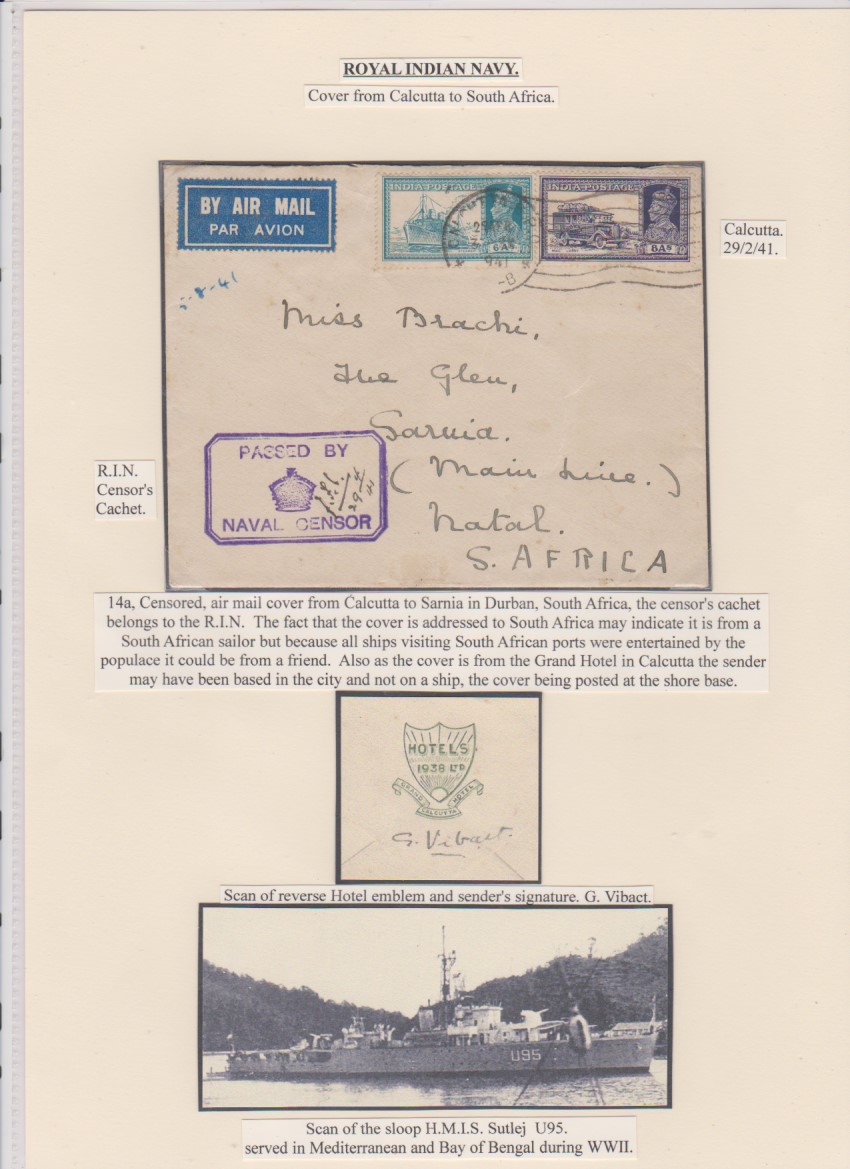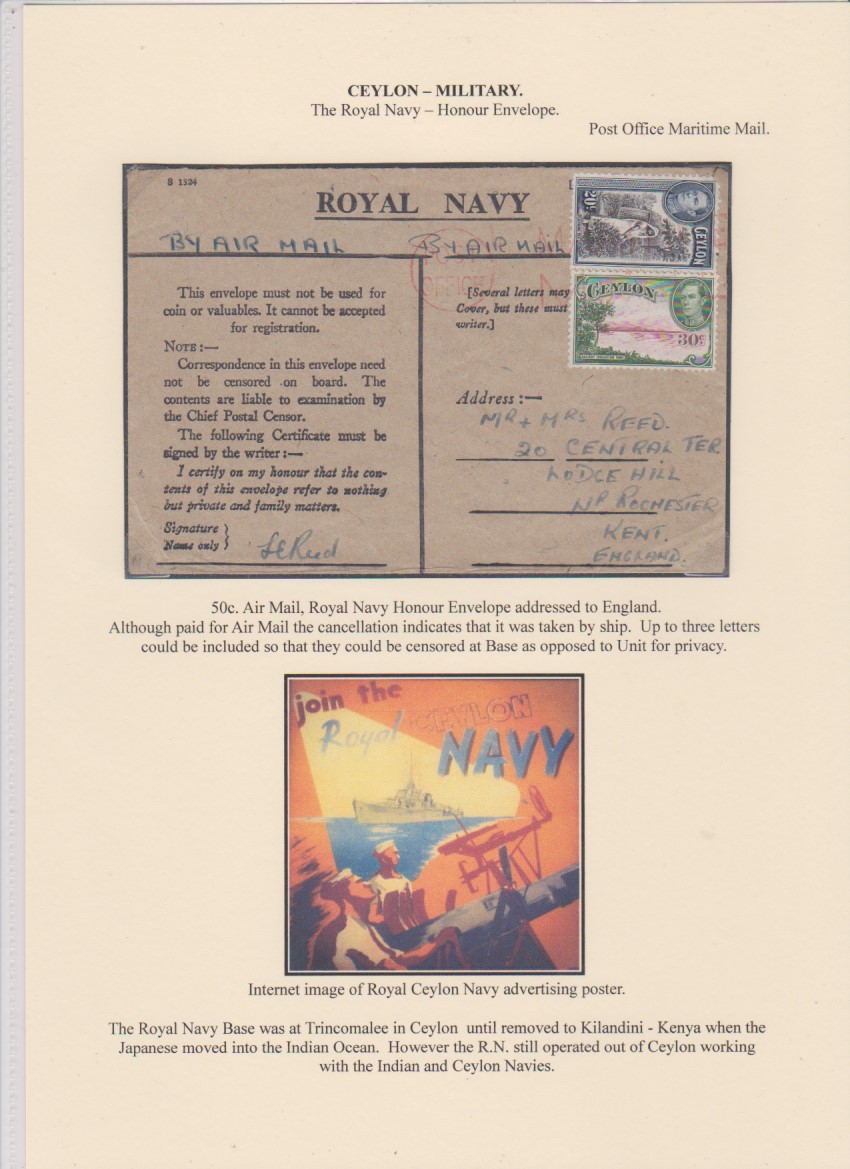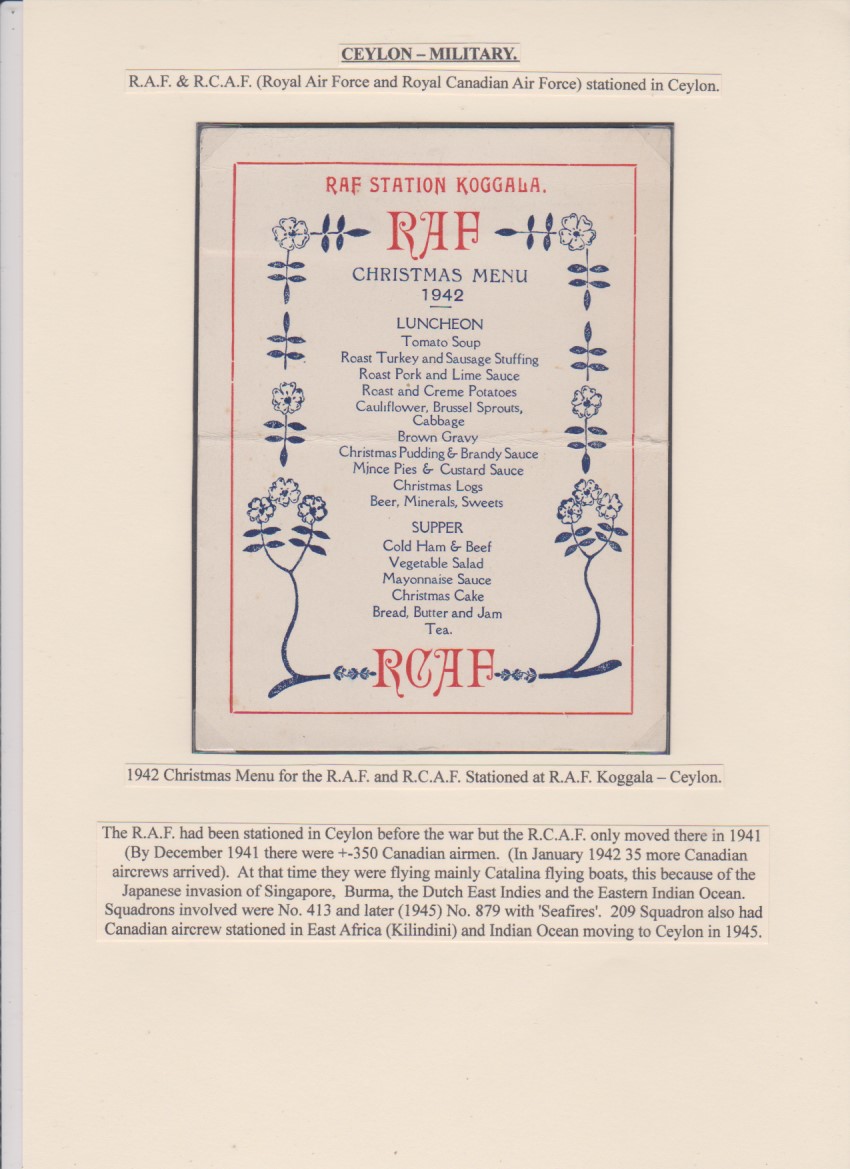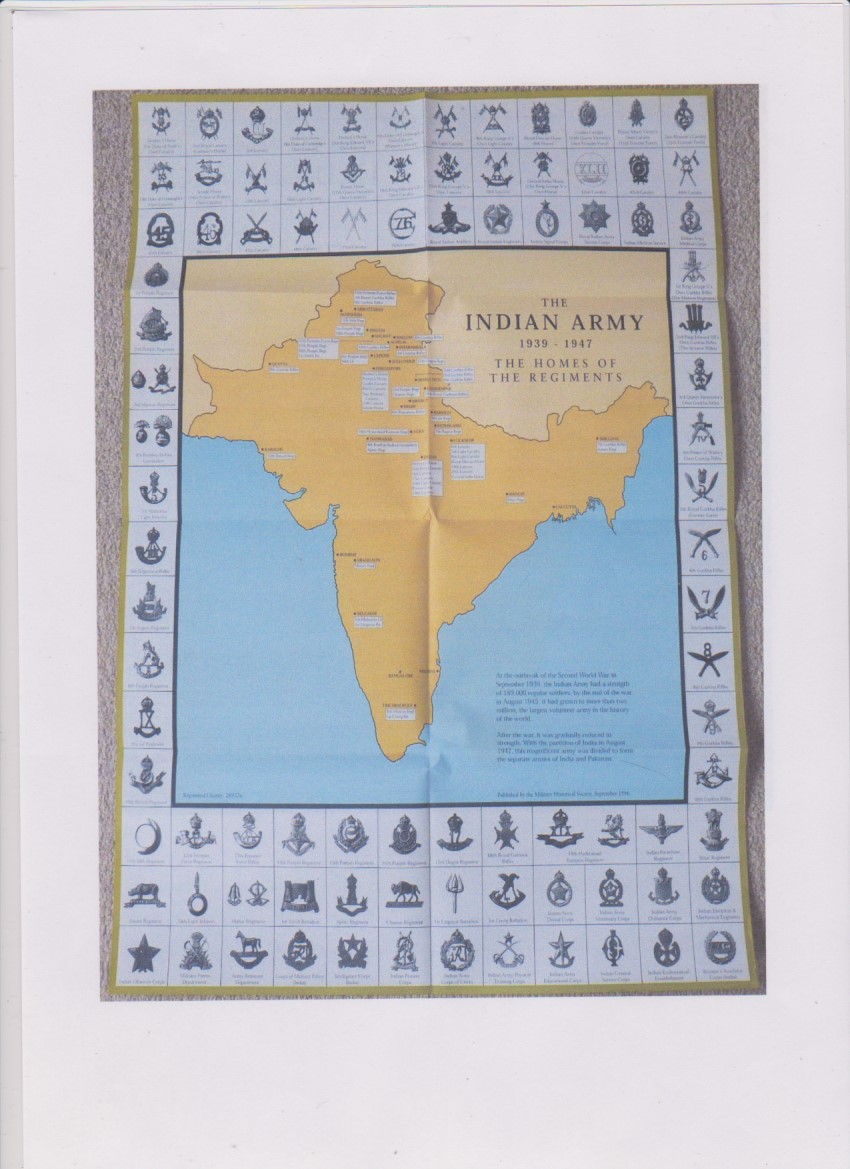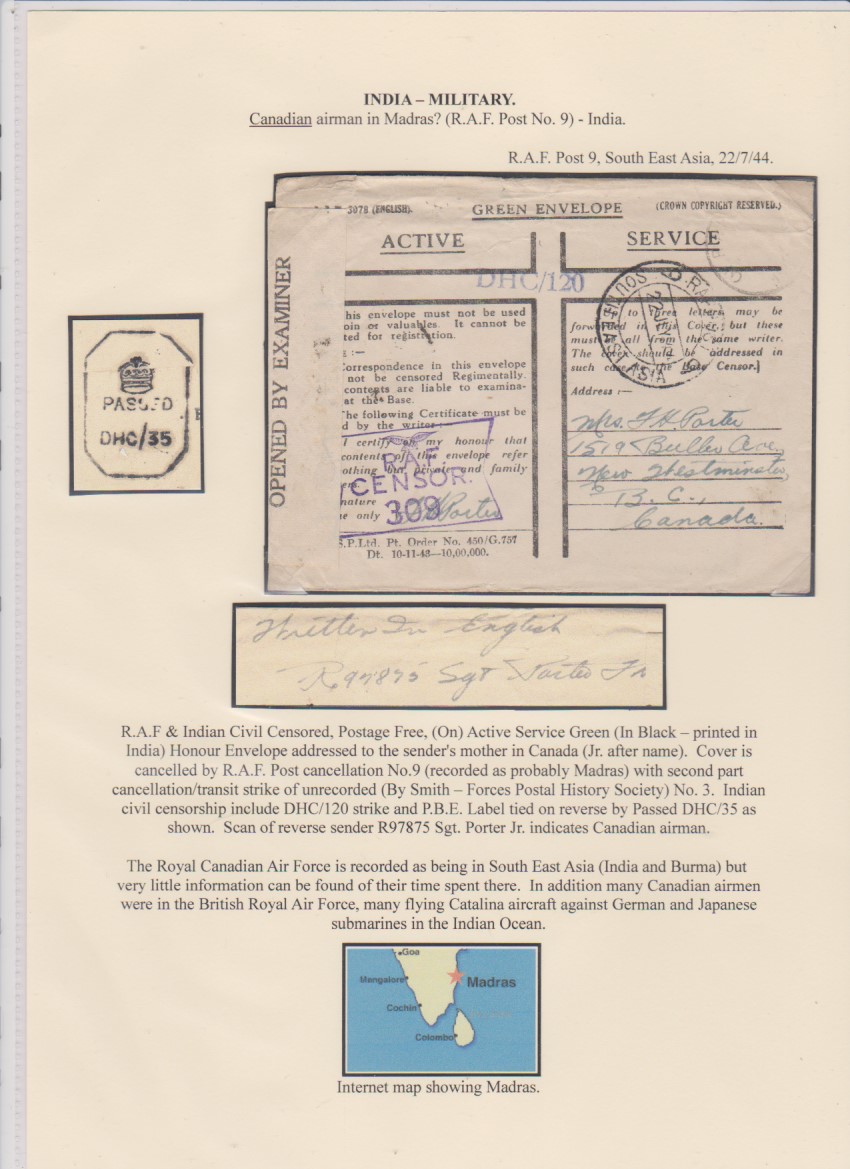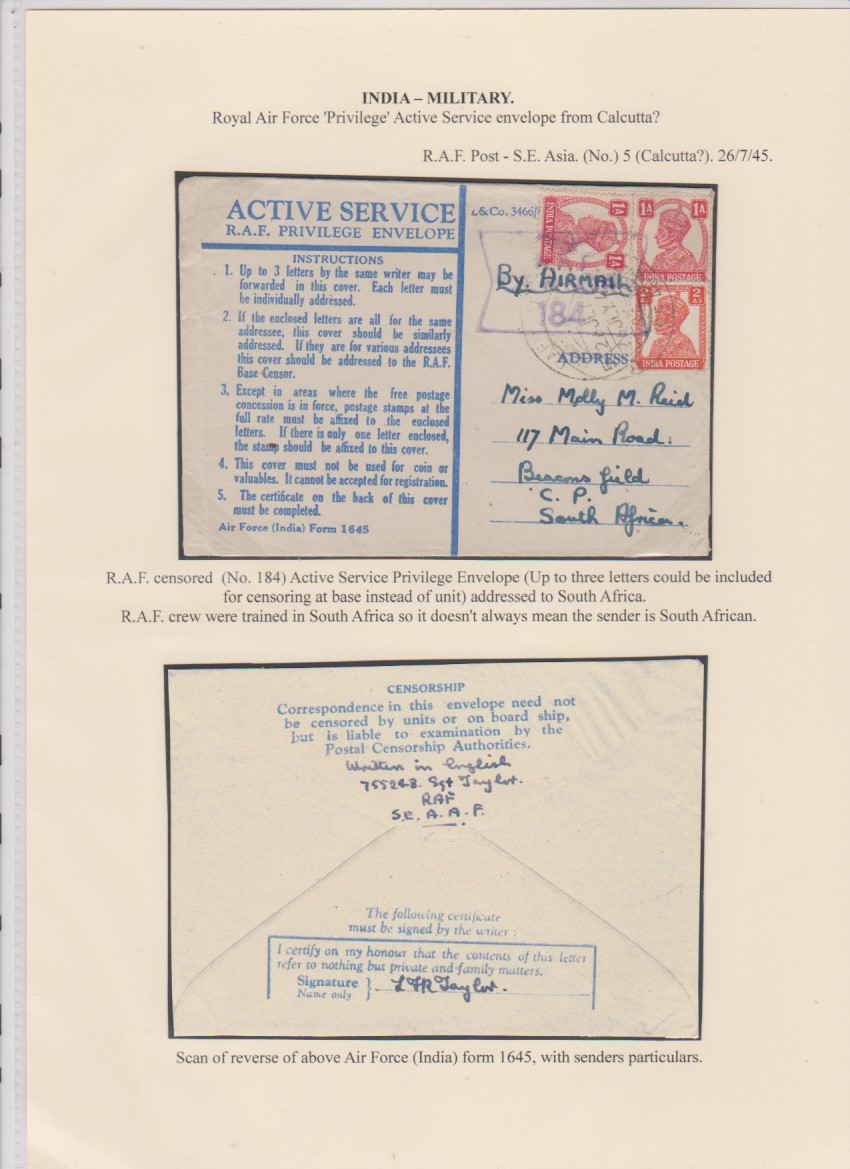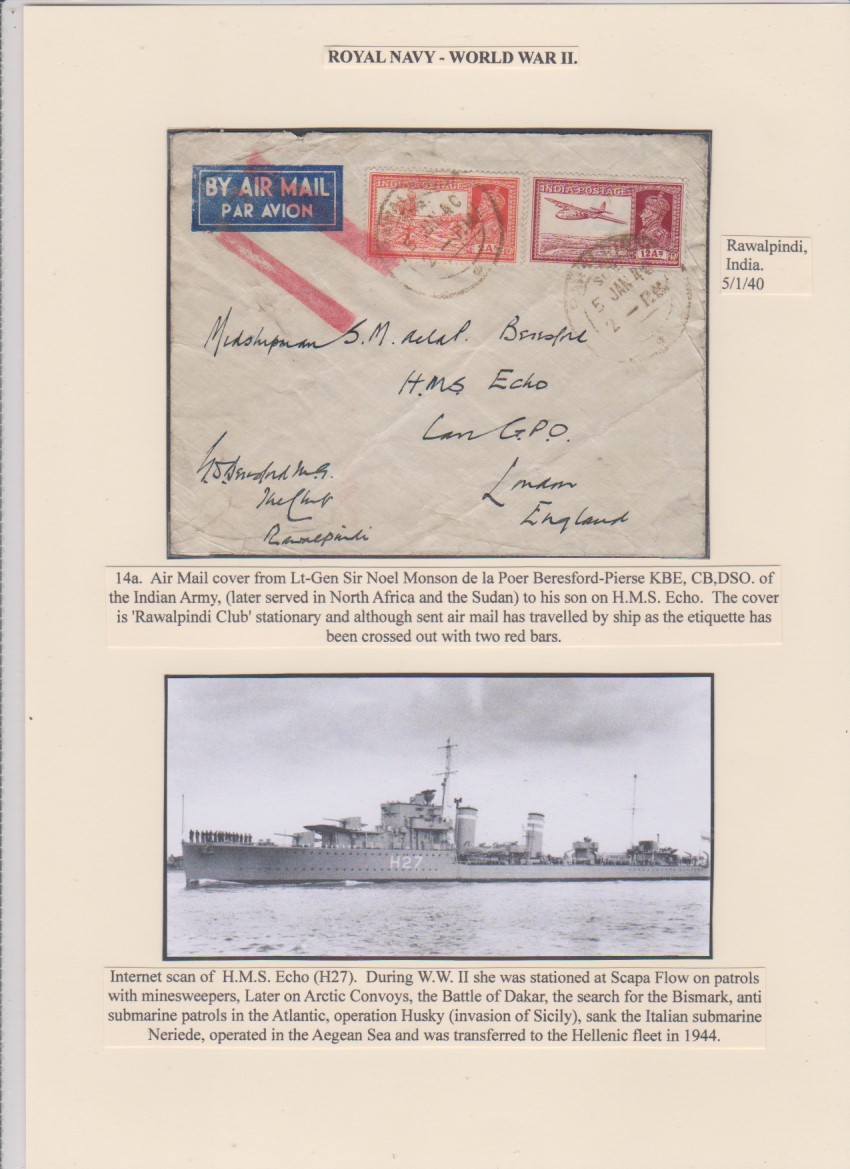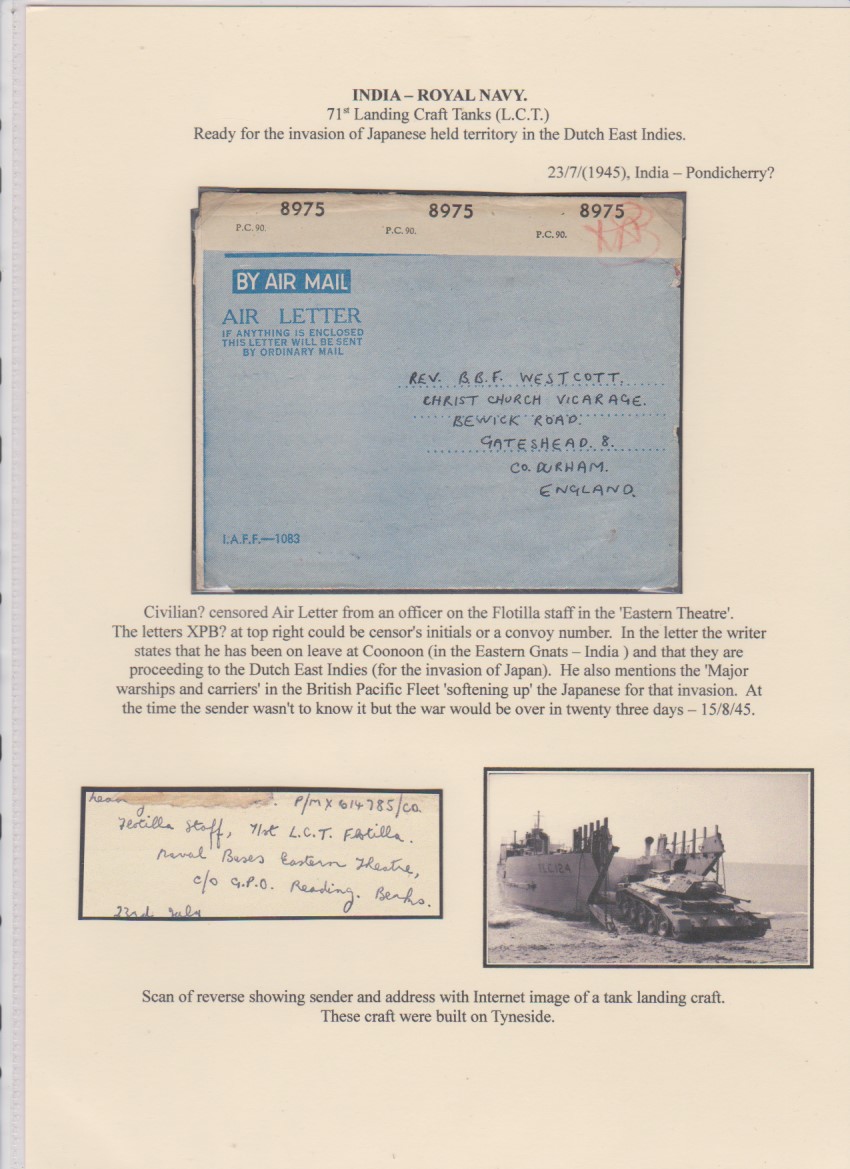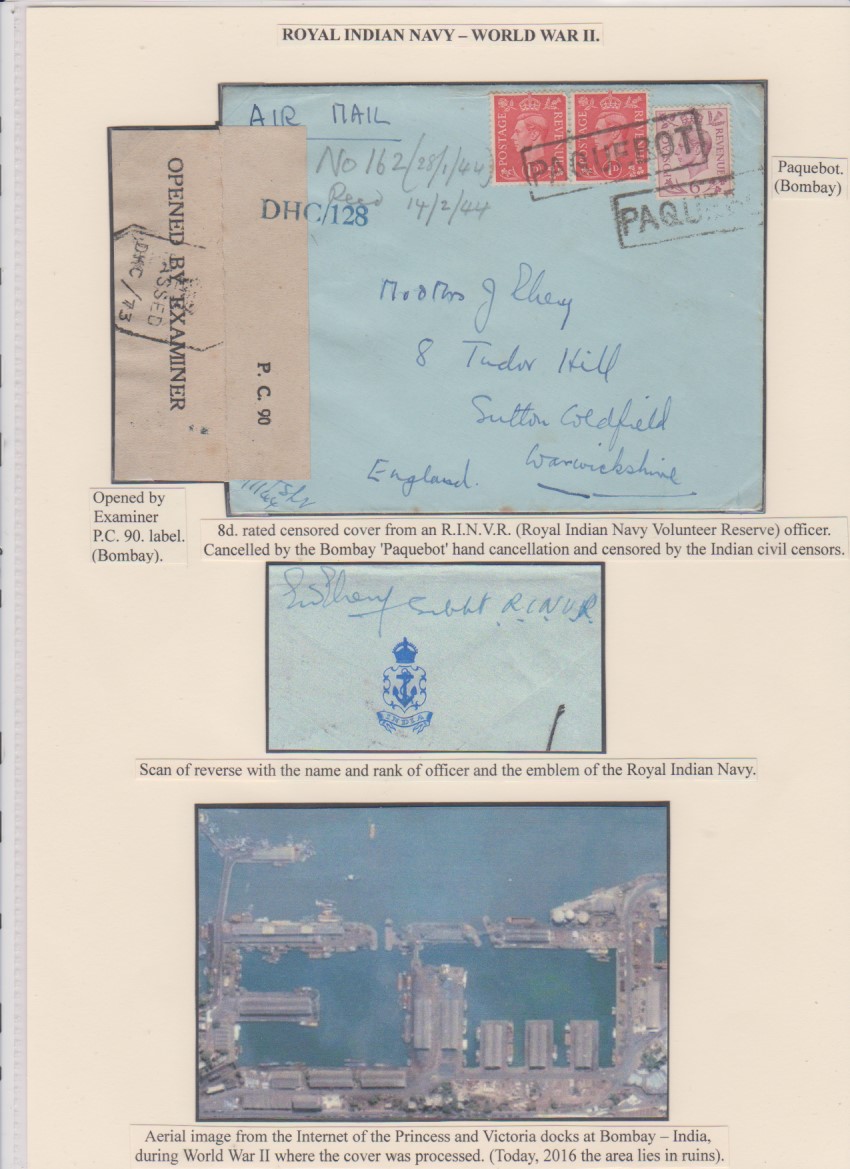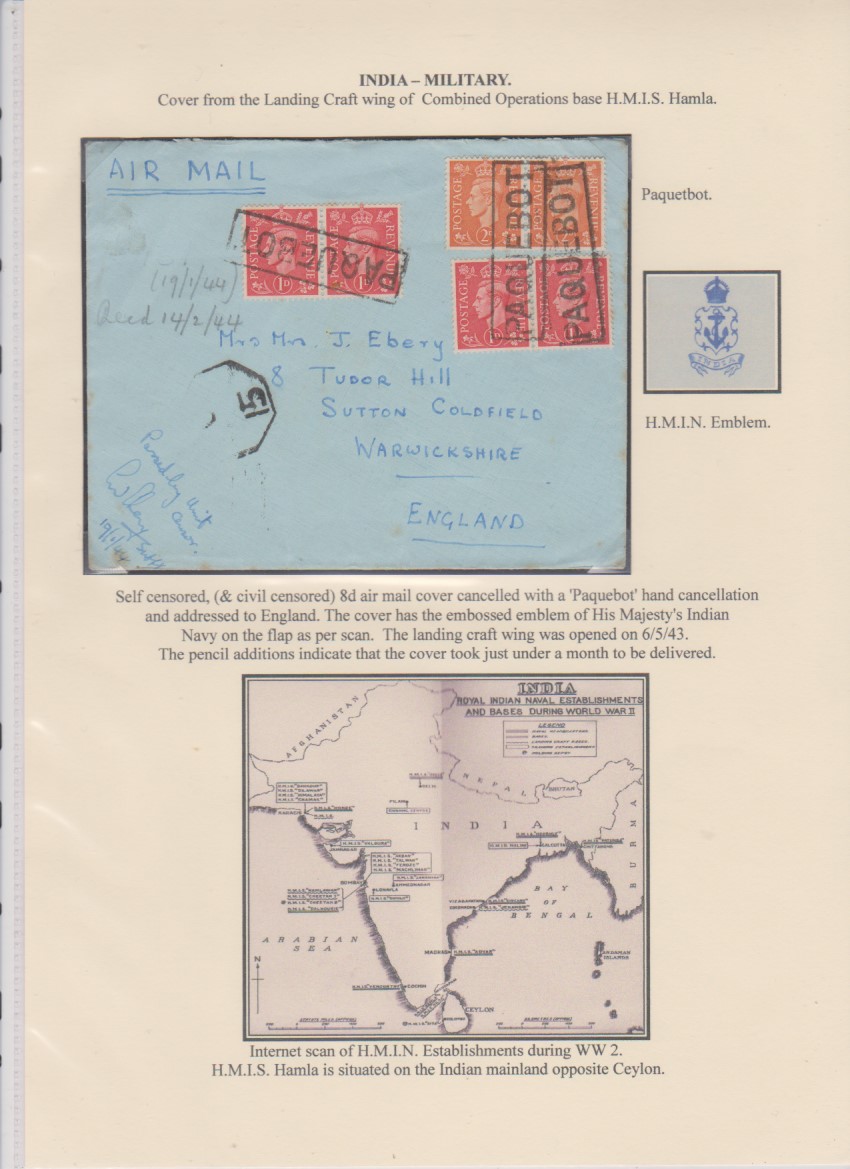Allied troops, P.O.W. and workers in Great Britain during WW2.
Quote from Jamie Smith on October 16, 2020, 3:42 amToday Madagascar, the battle of. So important for the South Africa that was to be as if the Allies had lost WW2 they would now be speaking Japanese as a twelfth language as Hitler had promised Japan that when they won the war - Africa would be Japanese! Also I am happy to point to the Hospital Ship Vita as she was a present off Madagascar during the fighting. I know Steve will be pleased as I am going to ask him to add it to our combined display.
Today Madagascar, the battle of. So important for the South Africa that was to be as if the Allies had lost WW2 they would now be speaking Japanese as a twelfth language as Hitler had promised Japan that when they won the war - Africa would be Japanese! Also I am happy to point to the Hospital Ship Vita as she was a present off Madagascar during the fighting. I know Steve will be pleased as I am going to ask him to add it to our combined display.
Uploaded files:Quote from Jamie Smith on October 16, 2020, 3:44 amMadagascar continued.
Madagascar continued.
Uploaded files:Quote from Jamie Smith on October 17, 2020, 7:44 amToday we move out into the Indian Ocean. The Japanese had invaded Singapore, Malaya & Burma and there was a threat to shipping from not only Japanese submarines but also German and during the early years of the war from Italian ones as well. To counteract this convoys were escorted by the Royal Navy and the Royal Air Force protected from the air (mainly by Consolidated Catalina). The later crisscrossing the ocean between Aden, Mombasa, St. Lucia, India, Ceylon, Mauritius and the Coco Islands (I am still looking for the last station - Australian?). The African side is represented in the South and East African displays in the SAPC. It is worth mentioning here when I spoke to the man in charge of Rivonia Prison in the late 1980's, he told me that German submariners were held in that prison during WW2 and that they had left carvings in the wooden cell doors and supports. Also that a Japanese aircraft from a submarine overflew at least East London and Durban!
Today we move out into the Indian Ocean. The Japanese had invaded Singapore, Malaya & Burma and there was a threat to shipping from not only Japanese submarines but also German and during the early years of the war from Italian ones as well. To counteract this convoys were escorted by the Royal Navy and the Royal Air Force protected from the air (mainly by Consolidated Catalina). The later crisscrossing the ocean between Aden, Mombasa, St. Lucia, India, Ceylon, Mauritius and the Coco Islands (I am still looking for the last station - Australian?). The African side is represented in the South and East African displays in the SAPC. It is worth mentioning here when I spoke to the man in charge of Rivonia Prison in the late 1980's, he told me that German submariners were held in that prison during WW2 and that they had left carvings in the wooden cell doors and supports. Also that a Japanese aircraft from a submarine overflew at least East London and Durban!
Uploaded files:Quote from Jamie Smith on October 18, 2020, 5:30 amCeylon. Although Ceylon was not invaded by the Japanese it was bombed by Japanese aircraft from carriers on Easter Sunday 5/4/42. This became known as the battle for Ceylon. Previously the Far Eastern fleet were moved there to Trincomalee from Singapore before being moved to Gan and then Kilindini. During the rest of the war it was used as a base for the Catalinas in the battle for the Indian Ocean and later as H.Q for the South East Asia Command under Lord Lious Mountbatton and as a springboard for operations and the invasion of Burma.
Ceylon. Although Ceylon was not invaded by the Japanese it was bombed by Japanese aircraft from carriers on Easter Sunday 5/4/42. This became known as the battle for Ceylon. Previously the Far Eastern fleet were moved there to Trincomalee from Singapore before being moved to Gan and then Kilindini. During the rest of the war it was used as a base for the Catalinas in the battle for the Indian Ocean and later as H.Q for the South East Asia Command under Lord Lious Mountbatton and as a springboard for operations and the invasion of Burma.
Uploaded files:
Quote from Jamie Smith on October 19, 2020, 6:45 amToday were are still in Ceylon. covers to take interest in are cover to South Africa, this could be from a South African but when covers are addressed to the S.A. ports it can be from a serviceman who developed a friendship with one of the S.A. families that used to entertain troops who were passing through by picking them up at the port and entertaining them for the day. I have often heard stories of long lines of traffic waiting to pick a serviceman up when they were allowed off ship.
Secondly the cover from an officer with the King's African Rifles probably from the Kenya Regiment who were used for liaison as they spoke local East African languages. The K.A.R. were to fight with Nigerian and Indian forces in the Arakan - Burma.
The third is the cover from a Canadian who was probably with the Catalina flying boats of the R.A.F. although many Canadians did serve in the three British services.
Today were are still in Ceylon. covers to take interest in are cover to South Africa, this could be from a South African but when covers are addressed to the S.A. ports it can be from a serviceman who developed a friendship with one of the S.A. families that used to entertain troops who were passing through by picking them up at the port and entertaining them for the day. I have often heard stories of long lines of traffic waiting to pick a serviceman up when they were allowed off ship.
Secondly the cover from an officer with the King's African Rifles probably from the Kenya Regiment who were used for liaison as they spoke local East African languages. The K.A.R. were to fight with Nigerian and Indian forces in the Arakan - Burma.
The third is the cover from a Canadian who was probably with the Catalina flying boats of the R.A.F. although many Canadians did serve in the three British services.
Uploaded files:Quote from Jamie Smith on October 20, 2020, 9:25 amCeylon continued.
Ceylon continued.
Uploaded files:Quote from Steve on October 20, 2020, 2:46 pmJamie, I have found this which appears to be relevant to Commonwealth / Allied troops in the UK during WW2. Can you tell me anything about it, please? It appears to be a label that is gummed on the back.
Jamie, I have found this which appears to be relevant to Commonwealth / Allied troops in the UK during WW2. Can you tell me anything about it, please? It appears to be a label that is gummed on the back.
Uploaded files:
Quote from Jamie Smith on October 20, 2020, 6:13 pmSteve, I am afraid that I have no information on the item concerned. Except to say that the Overseas League was an organisation that was concerned with those that had laid down their lives for the British Empire and that Empire Day in those days was celebrated on 24th May each year. The Overseas League would have always needed funds and this was one of making money (I presume it is stamp size). Empire day would also have been used for fund raising as on this day a show would be put on in towns throughout the country with Military, Red Cross, St. Johns Ambulance etc marching through the town with young ladies making noise by rattling the overworked collection tins and giving pin-flags in exchange for pennies. I remember the Air Force had one and the navy one in our town had one called 'Ships with Wings'; I had a nightmare that night with winged ships flying over my grandmothers house. Incidentally in Stratford-on-Avon there should have a South African present with the Royal Warwickshire Regiment, but he was absent as their Springbok mascot was absent and replaced by a Billy Goat. We never asked why because the answer would have been the same as to every other question one asked... "Don't you know there's a war on?"
I do remember that particular day as our school had a procession celebrating the different countries in the empire. The reason I remember it so well is that my friend Maxwell Speller had a uniform that his mother made him; He was an Indian chief complete with a chicken feather head dress! Remember there was a war on and our teachers were normal house wives - they made him walk under the India banner!
I will contact Bob and ask him, he is more knowledgeable with Cinderella than I am, (He used to do pantomime - just kidding!)
Steve, I am afraid that I have no information on the item concerned. Except to say that the Overseas League was an organisation that was concerned with those that had laid down their lives for the British Empire and that Empire Day in those days was celebrated on 24th May each year. The Overseas League would have always needed funds and this was one of making money (I presume it is stamp size). Empire day would also have been used for fund raising as on this day a show would be put on in towns throughout the country with Military, Red Cross, St. Johns Ambulance etc marching through the town with young ladies making noise by rattling the overworked collection tins and giving pin-flags in exchange for pennies. I remember the Air Force had one and the navy one in our town had one called 'Ships with Wings'; I had a nightmare that night with winged ships flying over my grandmothers house. Incidentally in Stratford-on-Avon there should have a South African present with the Royal Warwickshire Regiment, but he was absent as their Springbok mascot was absent and replaced by a Billy Goat. We never asked why because the answer would have been the same as to every other question one asked... "Don't you know there's a war on?"
I do remember that particular day as our school had a procession celebrating the different countries in the empire. The reason I remember it so well is that my friend Maxwell Speller had a uniform that his mother made him; He was an Indian chief complete with a chicken feather head dress! Remember there was a war on and our teachers were normal house wives - they made him walk under the India banner!
I will contact Bob and ask him, he is more knowledgeable with Cinderella than I am, (He used to do pantomime - just kidding!)
Uploaded files:Quote from Jamie Smith on October 21, 2020, 7:04 amThe last of Ceylon and the beginning of India. When looking at India it does well to remember that in response to the promise of an early independence India put 2,500,000 men into the field (compared to the Canadian military which fielded 1,200,000 men. The Indian army served mainly in Kenya, Sudan, Iraq, Iran, some islands in the Indian Ocean and Burma. The menu is of particular interest as it is probably connected to the Catalinas as Canadians moved into the Indian Ocean from the North Atlantic Ocean to counteract the Japanese presence.
The last of Ceylon and the beginning of India. When looking at India it does well to remember that in response to the promise of an early independence India put 2,500,000 men into the field (compared to the Canadian military which fielded 1,200,000 men. The Indian army served mainly in Kenya, Sudan, Iraq, Iran, some islands in the Indian Ocean and Burma. The menu is of particular interest as it is probably connected to the Catalinas as Canadians moved into the Indian Ocean from the North Atlantic Ocean to counteract the Japanese presence.
Uploaded files:Quote from Jamie Smith on October 22, 2020, 7:33 amStill in India. The R.A.F., the Royal Navy and the Royal Indian Navy. The invasion of Burma through the Northern Aracan went in from what is today Bangladesh. Remember in those days the sub-continent was mainly known as India.
As far as I am aware there were no South African forces fighting in the Far East but there were South Africans serving in all three British services. Also serving with the K.A.R. and R.A.F. personal had been trained in S.A. while troops passing through S.A. ports had been entertained there so there was a reasonable amount of mail coming to S.A. from that area. While on the subject; small boats built in South Africa were used to fight the Japanese up the rivers of Burma. And, I have read records of the Japanese using the South African built Herrinton-Mermon armoured cars. How and where they captured them I have no idea.
Still in India. The R.A.F., the Royal Navy and the Royal Indian Navy. The invasion of Burma through the Northern Aracan went in from what is today Bangladesh. Remember in those days the sub-continent was mainly known as India.
As far as I am aware there were no South African forces fighting in the Far East but there were South Africans serving in all three British services. Also serving with the K.A.R. and R.A.F. personal had been trained in S.A. while troops passing through S.A. ports had been entertained there so there was a reasonable amount of mail coming to S.A. from that area. While on the subject; small boats built in South Africa were used to fight the Japanese up the rivers of Burma. And, I have read records of the Japanese using the South African built Herrinton-Mermon armoured cars. How and where they captured them I have no idea.
Uploaded files:
